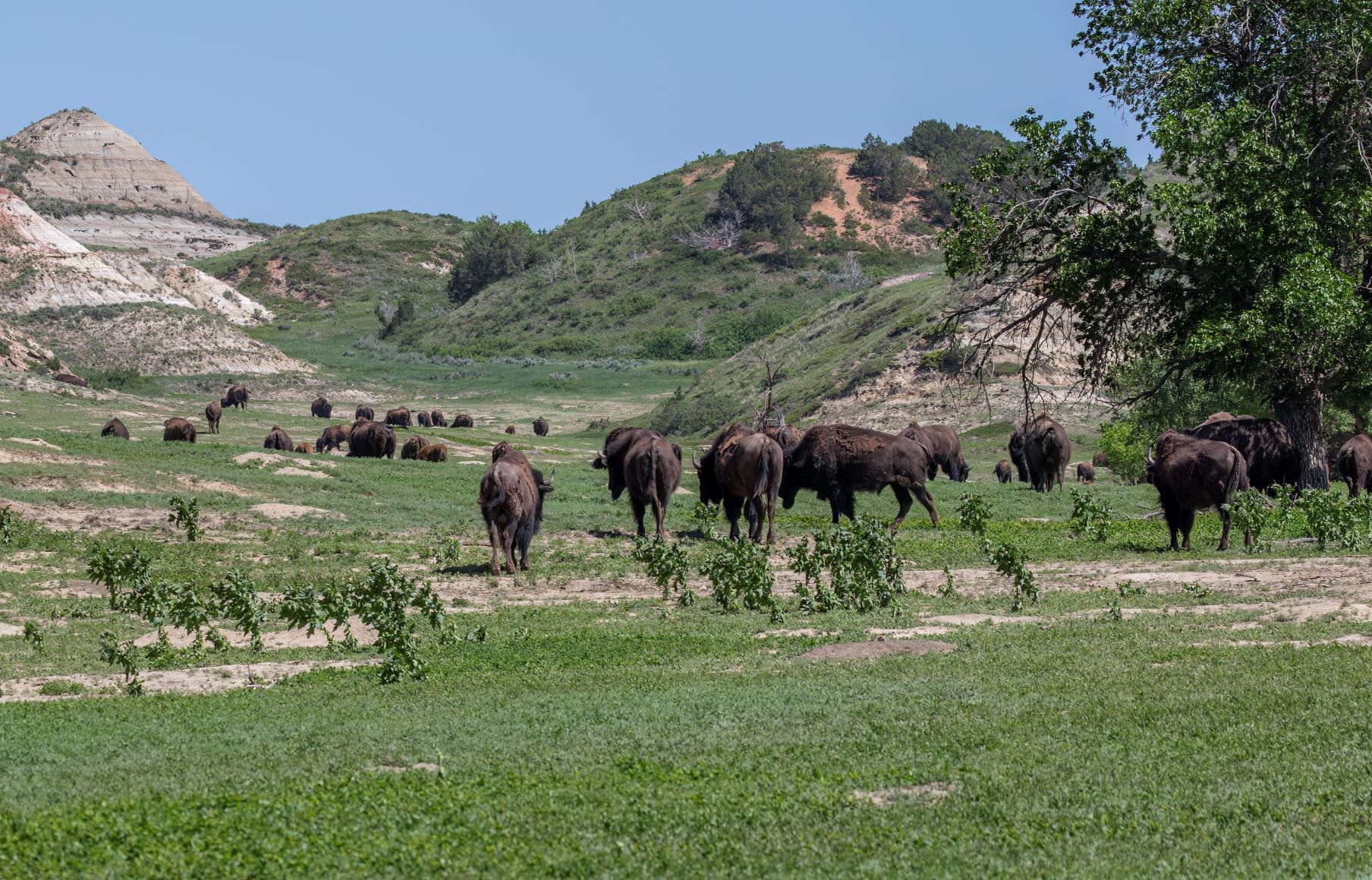
June 15 – 23, 2022
Narrative and Photos by Keith Watson
Our tour began on June 15 in Bismarck, North Dakota, arrival day. All participants but one had arrived by 2 pm on the 15th

We were able to do a little birding around our hotel where we saw and heard multiple Yellow Warblers and Ring-necked Pheasant.
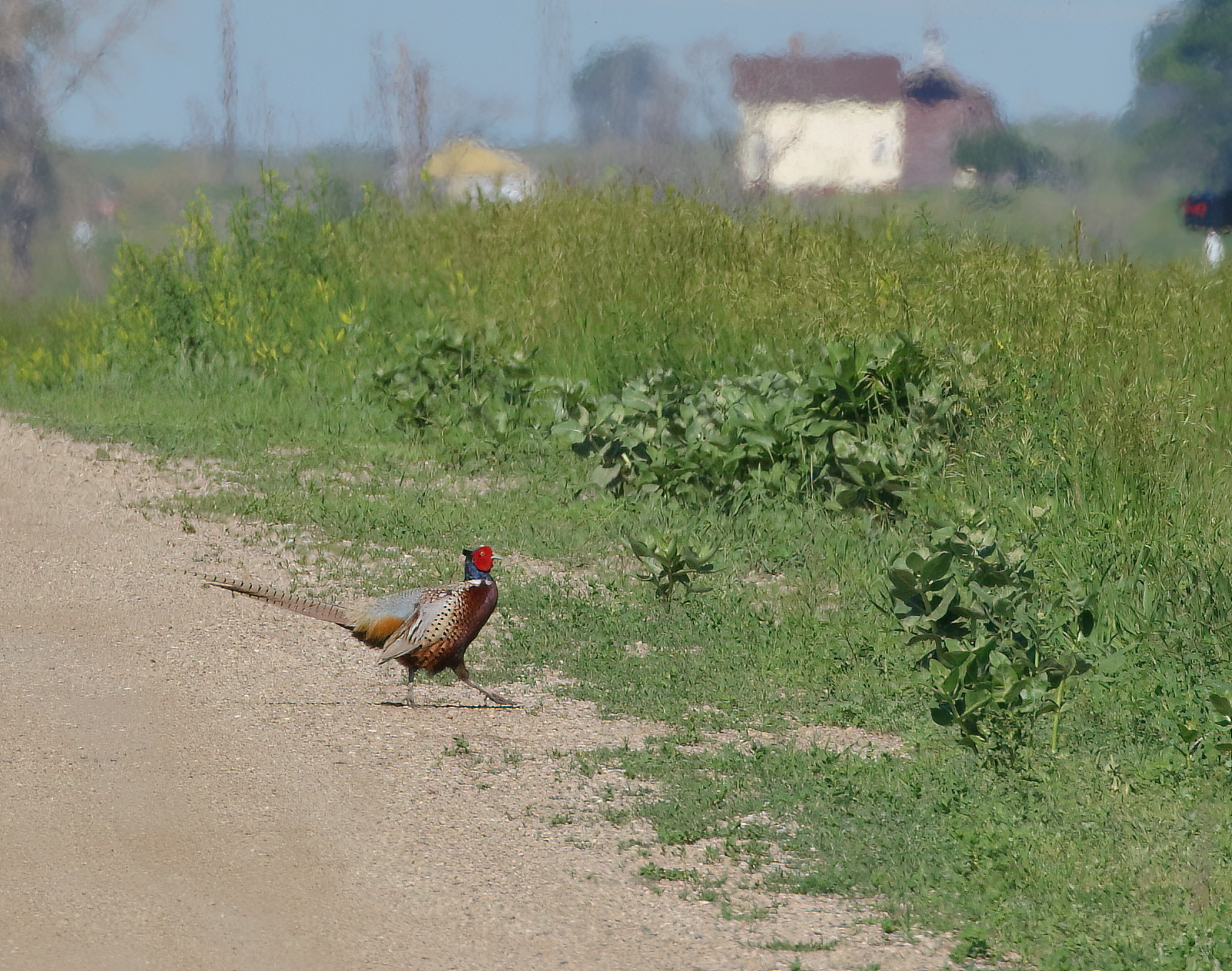
The high winds this and the first few days prevented us from hearing many bird songs and many birds were hunkering down in the winds. But we were all excited to begin this Venture exploring the south central and southwestern part of North Dakota, known for its vast prairies, prairie potholes, and the “Badlands”.
June 16, 2022: Our first full day of the tour found us in adjacent Morton County near Mandan, ND where we visited Little Heart Bottoms where we were all able to get great looks at over 100 Bank Swallows, Ft. Abraham Lincoln State Park and various points on our way for nights in Dickinson, ND.
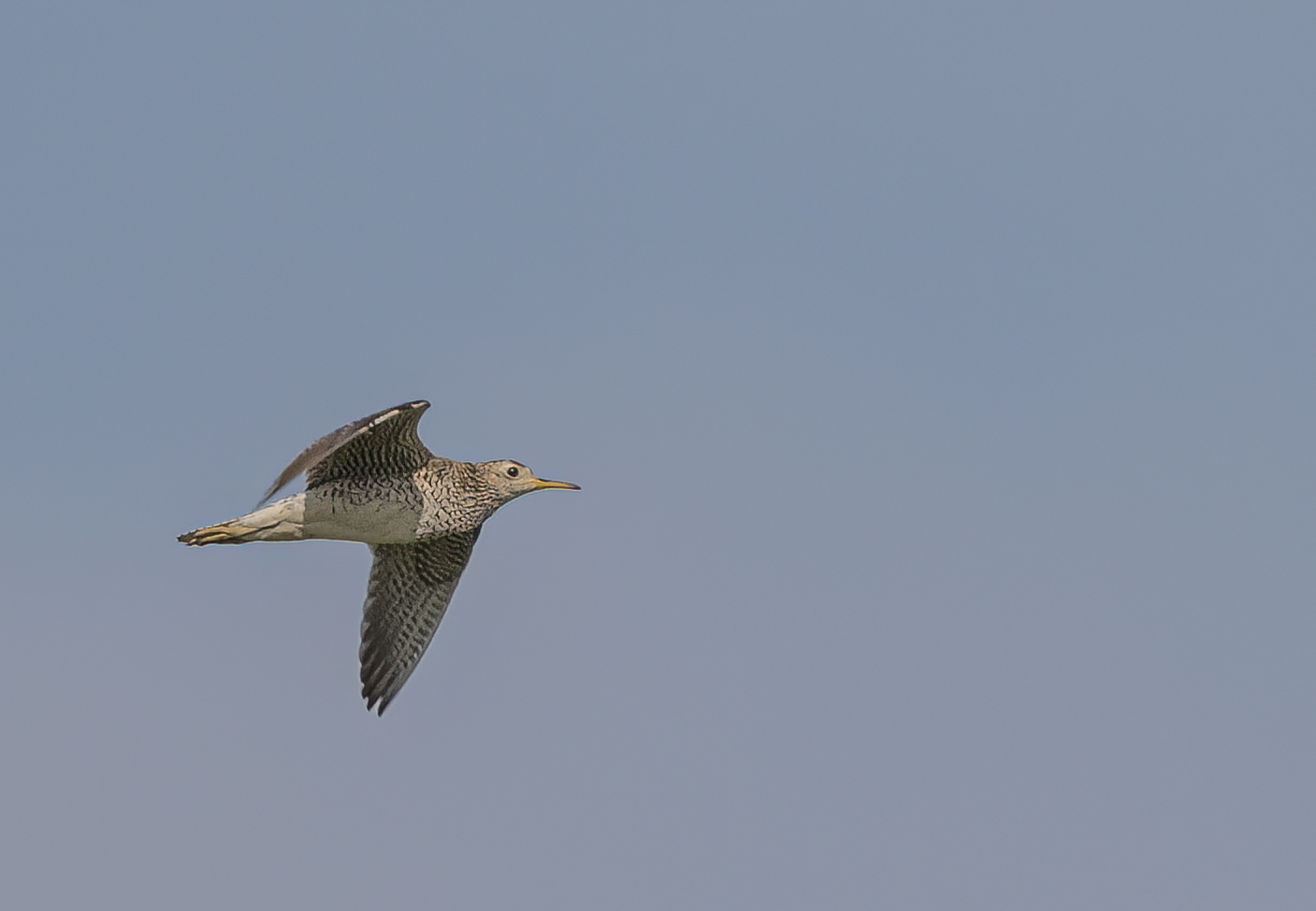
Between here and Ft. Abraham Lincoln State Park, we saw our first Upland Sandpiper classily perched on a roadside fence post.
Most of our time was spent at Ft. Abraham Lincoln State Park. This was a jewel of a park encompassing grasslands, woodlands, open wooded areas, and the Missouri River! This was our first good introduction to birds of North Dakota tallying 45 species. The wind was very strong here during our visit, a condition which no doubt kept the number of species relatively low.

We saw our first Black-billed Magpie, Least Tern, a “rare” sighting of a Sharp-shinned Hawk, several Least Flycatchers, Western Kingbirds and Western Meadowlarks, Warbling Vireos, 5 species of swallows (Purple Martin, Cliff, Bank, Tree, Barn), Lark Sparrow, 4 species of warblers (Black-and-white Warbler, American Redstart, Common Yellowthroat, Yellow Warbler) and our first Lazuli Bunting. One Piping Plover was observed by the leader but others weren’t able to see it as it moved rapidly out of sight on the mud flats on the Missouri River.
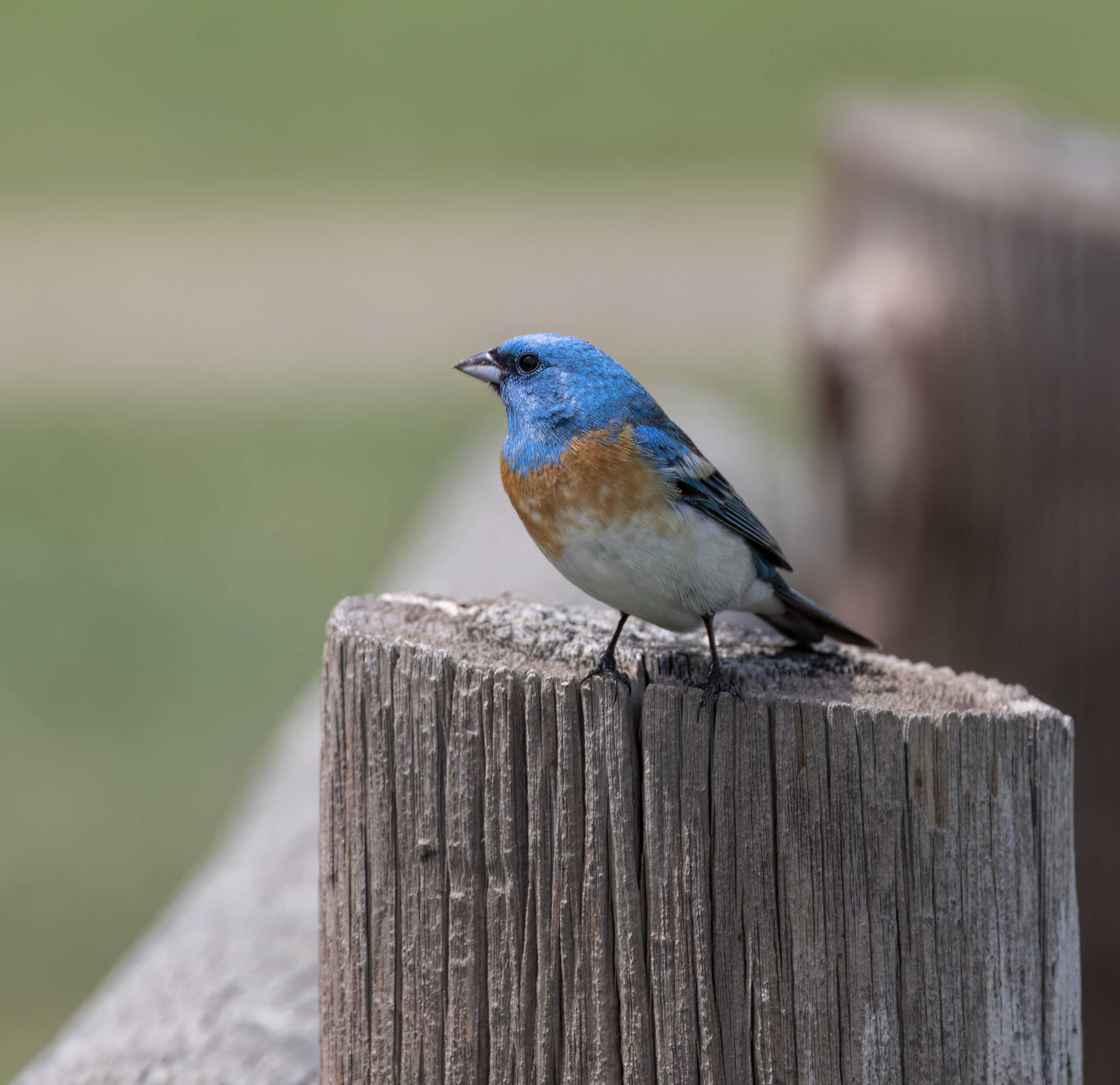
From here we headed toward Dickinson. Along route 138A we found a nice flooded field and pothole where we were able to view some waterfowl (Mallard, Northern Pintail, Gadwall), our first Common Nighthawk, more Upland Sandpiper, Red-tailed Hawks (4), and our first Vesper Sparrow. We then stopped at Sweet Briar Lake where we found American White Pelicans, Double-crested Cormorants, Willow Flycatcher, Marsh Wrens, and our first Yellow-headed Blackbirds. Totally we saw or heard 66 species (7 checklists) on this extremely windy day (https://ebird.org/tripreport/68777).
June 17, 2022: We headed to Theodore Roosevelt National Park to explore this magnificent park and its “Badlands”!
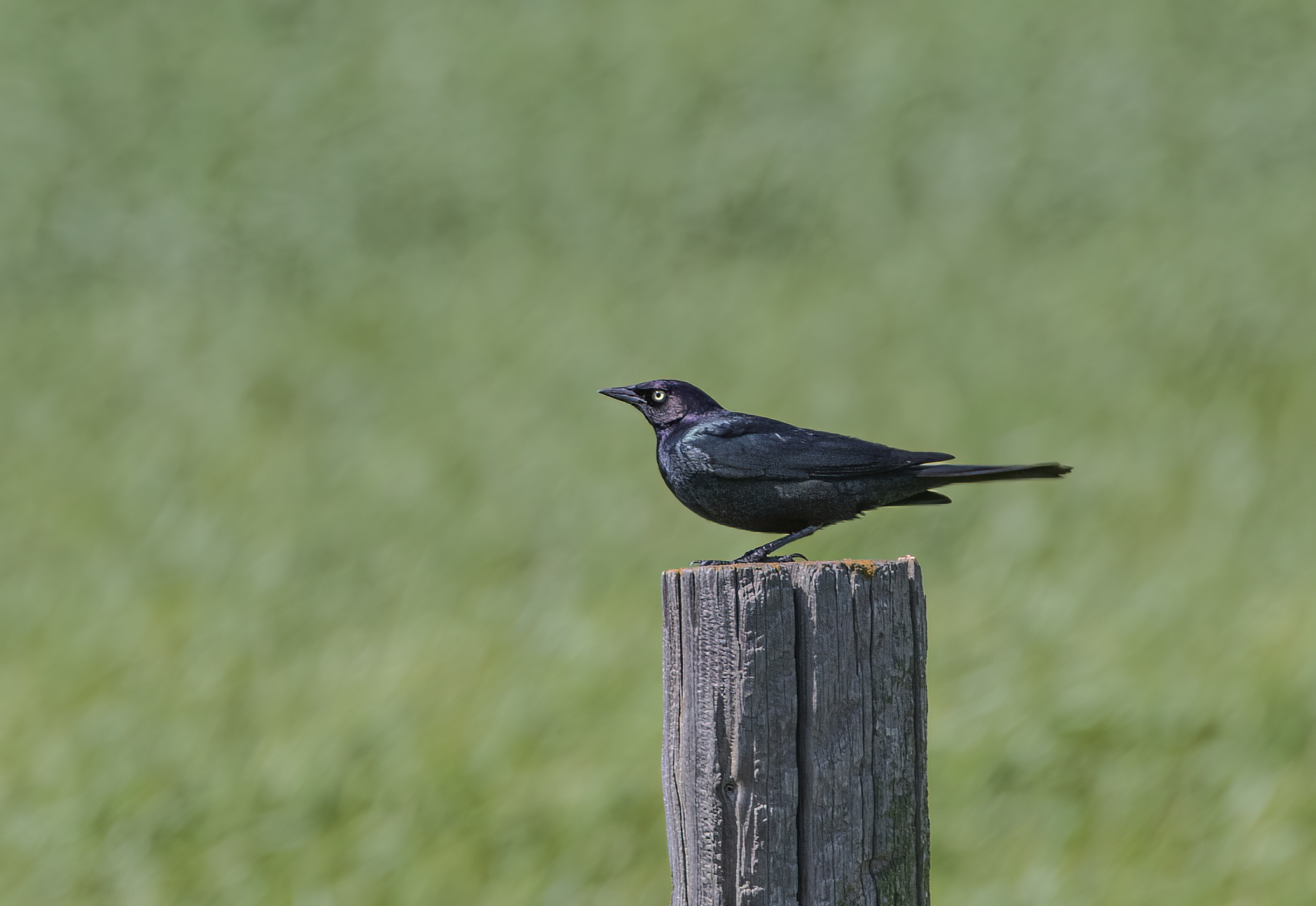
The landscape, birds, and mammals were spectacular! On our way we stopped at a couple of prairie locations and picked up many new species including Northern Harrier, Swainson’s Hawk, Horned Lark, Savannah Sparrow, and our first Dickcissel. At the 31st Street Prairie in Stark County, we saw more waterfowl (Blue-winged Teal, Green-winged Teal, and Northern Shoveler), Marbled Godwits, Wilson’s Phalaropes and our first Brewer’s Blackbirds.
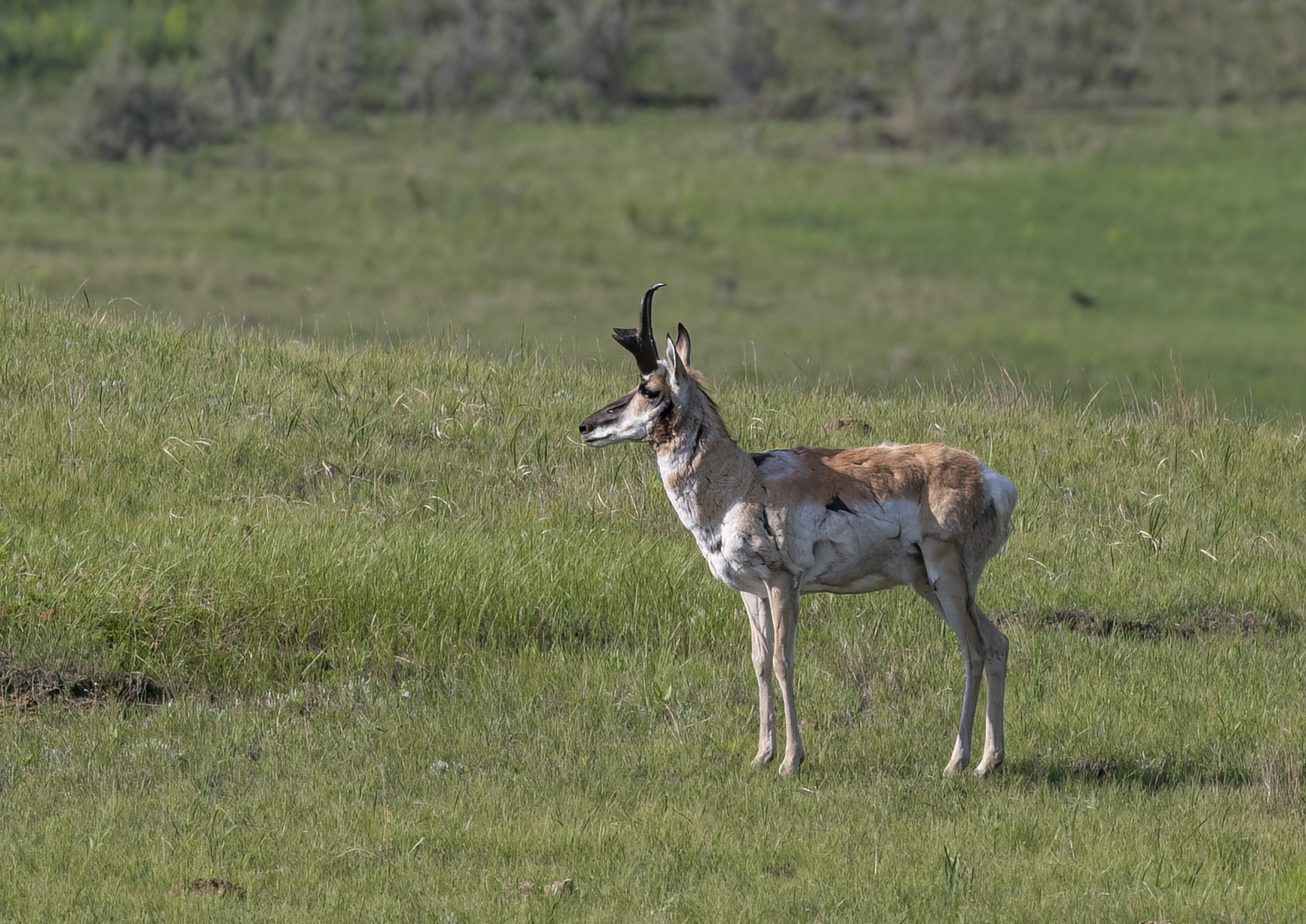
As we approached Theodore Roosevelt National Park, we all knew this was going to be a special place to visit!
The Badlands landscape was truly magnificent! We got a lead on a Golden Eagle nest so we headed that direction birding and stopping along the way to see wild American Bison, Black-tailed Prairie Dog in one of the “towns”, Feral Horses and Pronghorn, truly amazing. Our group was fortunate to watch a small group of American Bison ford the Little Missouri River, a scene that could have been centuries old.
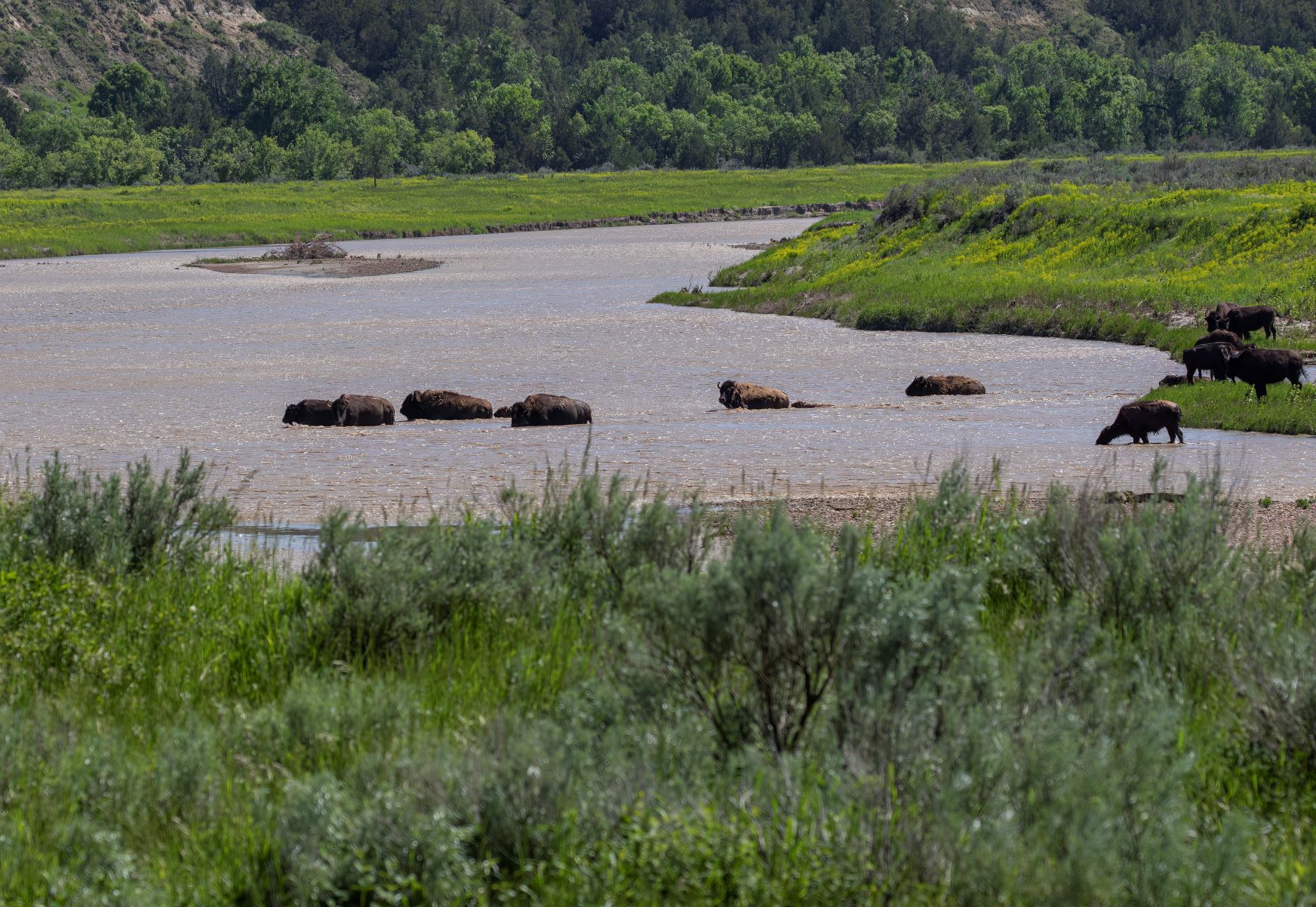
We all did see the Golden Eagle nest and through a spotting scope were able to see an adult and two eaglets on the huge nest! Again the day was very windy making it hard to hear singing birds, but we did see 28 species including our first Spotted Towhee along the Little Missouri River. Totally, we saw 50 species (4 checklists) this day (https://ebird.org/tripreport/68783).
June 18, 2022: We headed out the next morning to the Little Missouri River National Grasslands west of the Theodore Roosevelt National Park after seeing reports of several target species we all wanted to see. The drive through the grasslands was beyond expectation, driving on gravel roads that wound through Badlands and grasslands as far as the eye could see!
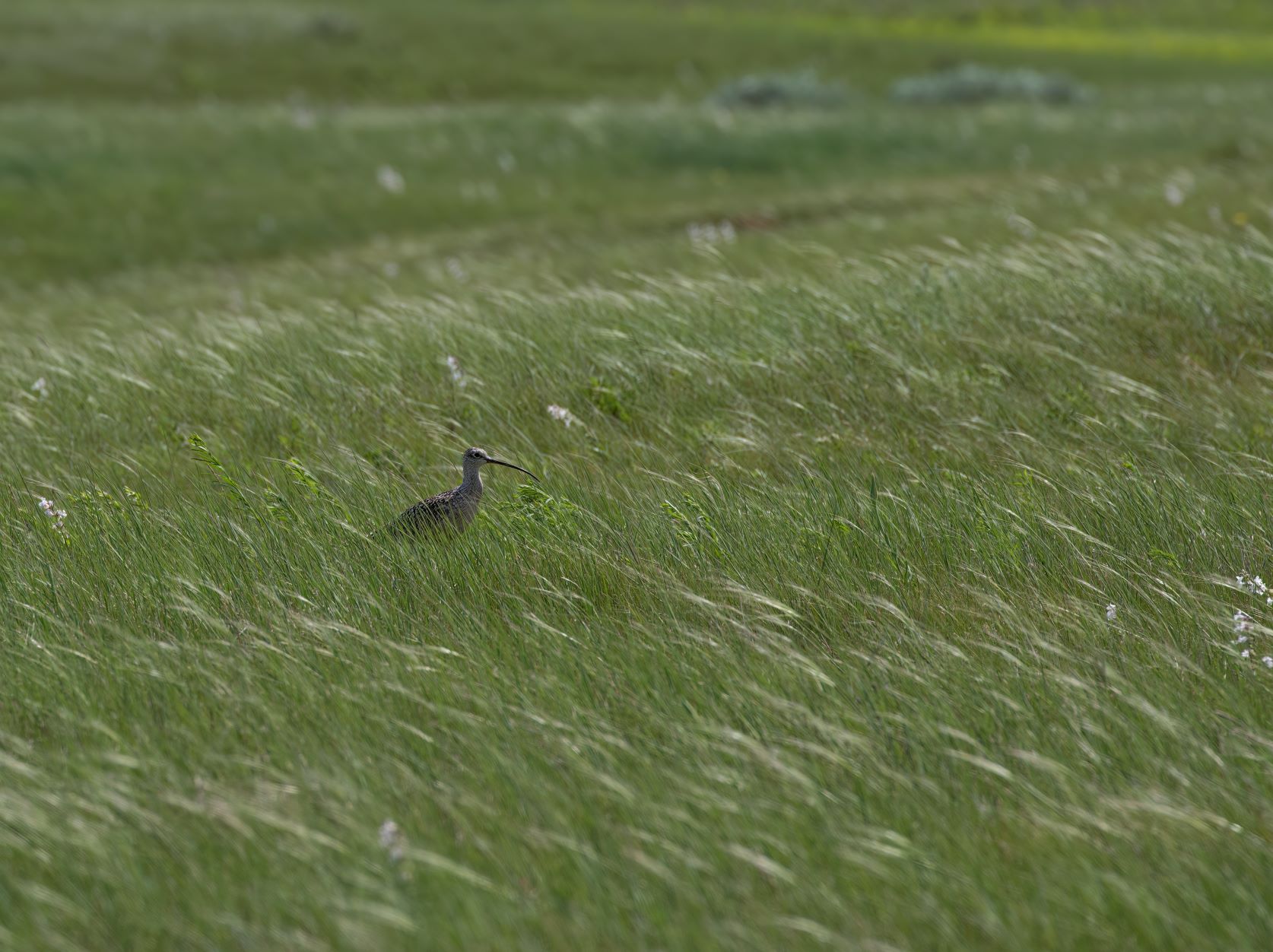
We did not find most of our target birds but we did spend some time walking the fields in hopes of finding them. But we did manage to find our first Long-billed Curlews and several sparrows, including Grasshopper, Chipping, Field, Lark, Vesper, Savannah, and Spotted Towhee. This day, the wind was near gale force! But we prevailed!
Heading back west to begin our journey to Bowman we stopped at Painted Canyon of Theodore Roosevelt National Park (it was closed the day before) and we were delighted with spectacular views of the Painted Canyon and a very accommodating Lazuli Bunting.
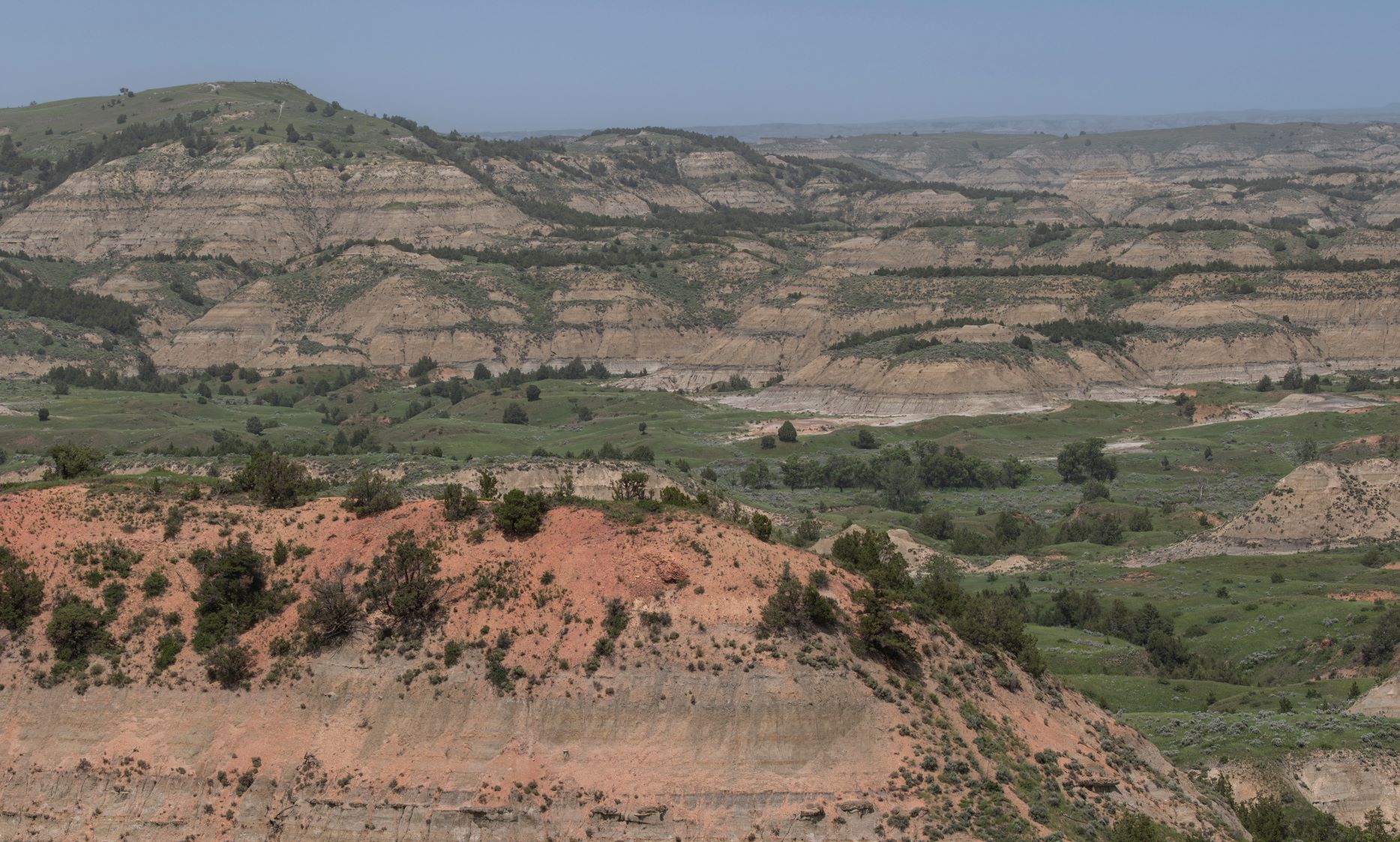
We then drove south to Bowman, ND and stopped at two great prairies previously denoted as bird rich areas.
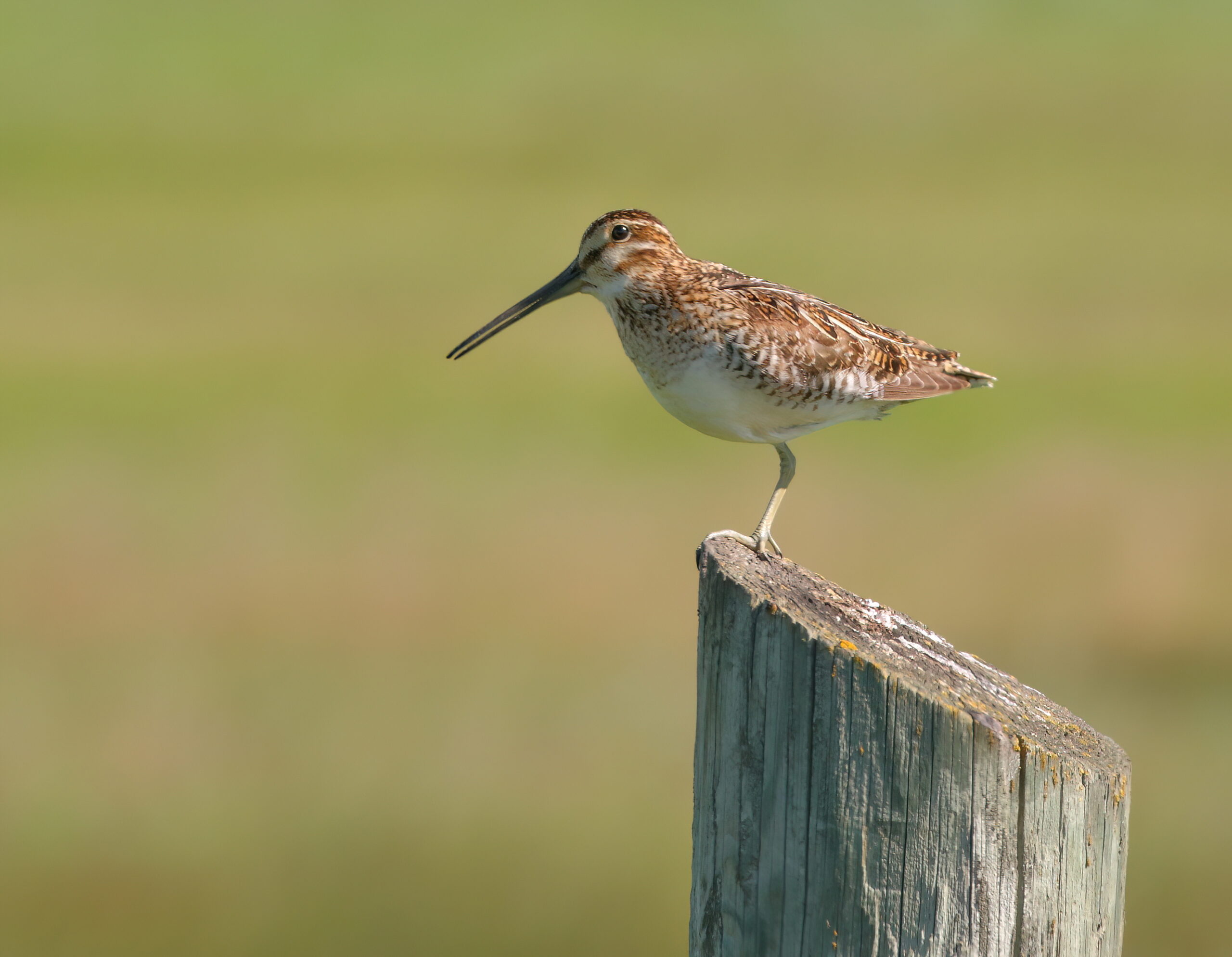
Here we saw a great number of grassland species, and several new trip birds: Wilson’s Snipe, Willet, Northern Rough-winged Swallow, Sprague’s Pipit, Chestnut-collared Longspur, our first Lark Buntings, and Baird’s Sparrow! On this day, we saw 58 species (6 checklists) (https://ebird.org/tripreport/68792).
June 19, 2022: From our lodge in Bowman, we birded the grounds and the grassland/wetland behind the lodge and the adjacent water treatment plant, picking up several additional species of waterfowl (Wood Duck, American Wigeon, Lesser Scaup, Ruddy Duck), a lot of Eared Grebes, American Avocet and our first Eurasian Collared-Dove and Downy Woodpecker.
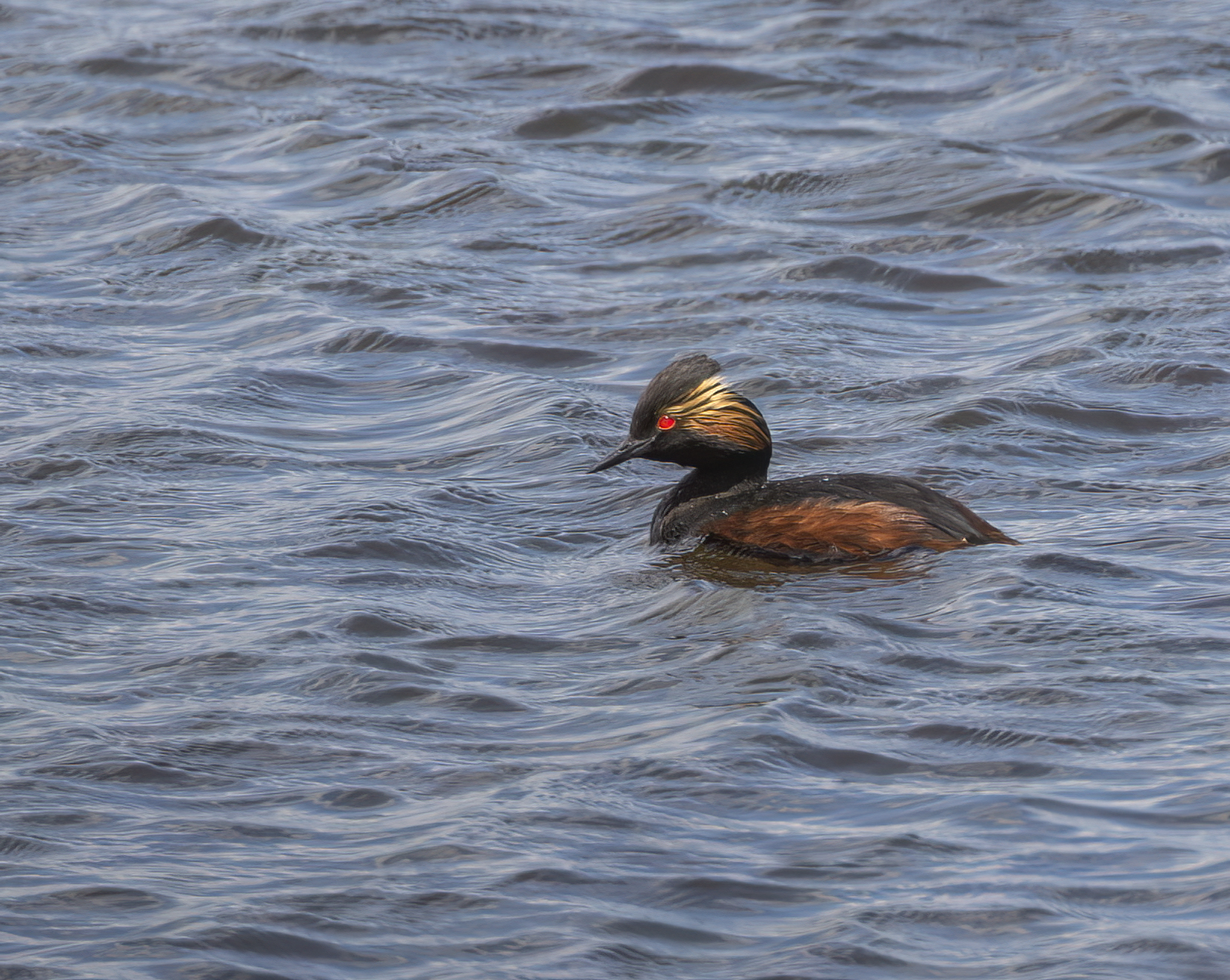
From here we drove the real back roads of southwestern North Dakota, dipping into northwestern South Dakota, then over into Montana to Baker and back to Bowman. While on these back roads, we saw maybe two trucks and an old-fashioned cattle drive! We stopped at quite a few places where birds seemed to be abundant and it was a fascinating journey, seeing many more species including Prairie Falcon, Sora, American Bittern, Loggerhead Shrike, Burrowing Owl, and Pectoral Sandpiper. We saw or heard 66 species (12 checklists) on this three state venture (https://ebird.org/tripreport/68808).
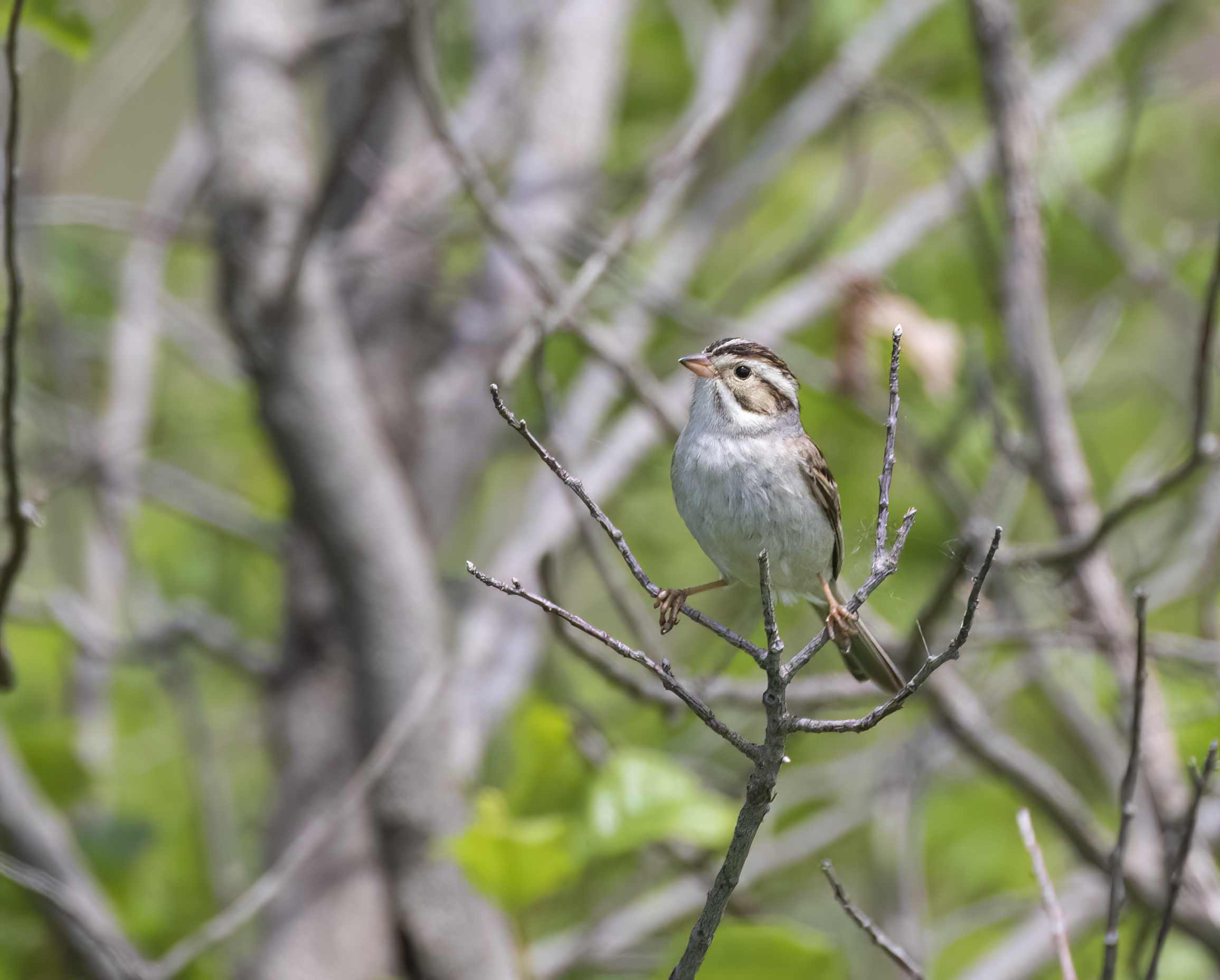
June 20, 2022: On this day, one of our party left the group for other adventures and the remainder of us crammed into our smaller than planned rental, but it worked, and we were off to Jamestown, a long drive, with plenty of stops on the way, traveling through more prairies and eventually the pothole region. We made certain we were going to go back to the best Sprague’s Pipit spot in the area so one of group could get a better look at a potential lifer. We were not disappointed! Three Sprague’s Pipit were seen or heard and one landed on the road 20 feet in front of us for several minutes! We also saw more Baird’s Sparrow at this site, really amazing. We stopped in Hebron for a lunch and visited Krieg’s Pond where we found our first Clay-colored Sparrow.
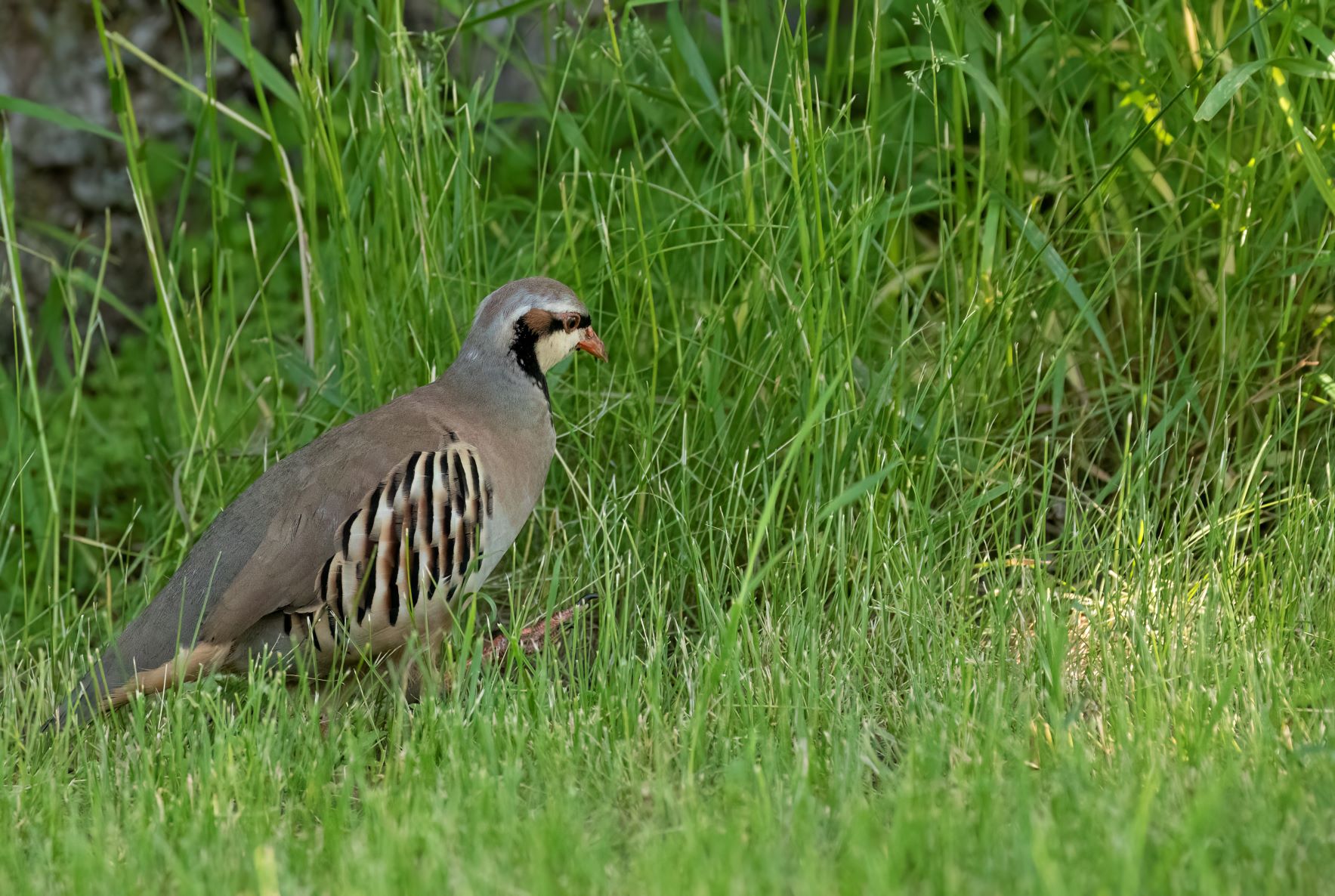
From here we decided to check out a report of a Chukar in Burleigh County on the way to Jamestown and on the way found a dynamite roadside wetland that had Black Duck! Here, we also saw Redhead and White-faced Ibis. Arriving at the Glencoe Sloan Memorial Presbyterian Church, we found the Chukar, easily approachable and seemingly weak or possibly injured, but we did not disturb. After birding these fantastic church grounds for a while, the Chukar was up and walking around and feeding. We also added Red-headed Woodpecker to our trip list here. This day we counted 53 species (6 checklists) (https://ebird.org/tripreport/68812).
June 21, 2022: Today, we explored the areas around and north of Jamestown, home of the world’s largest buffalo (American Bison), “Dakota Thunder”, standing 26 feet high.
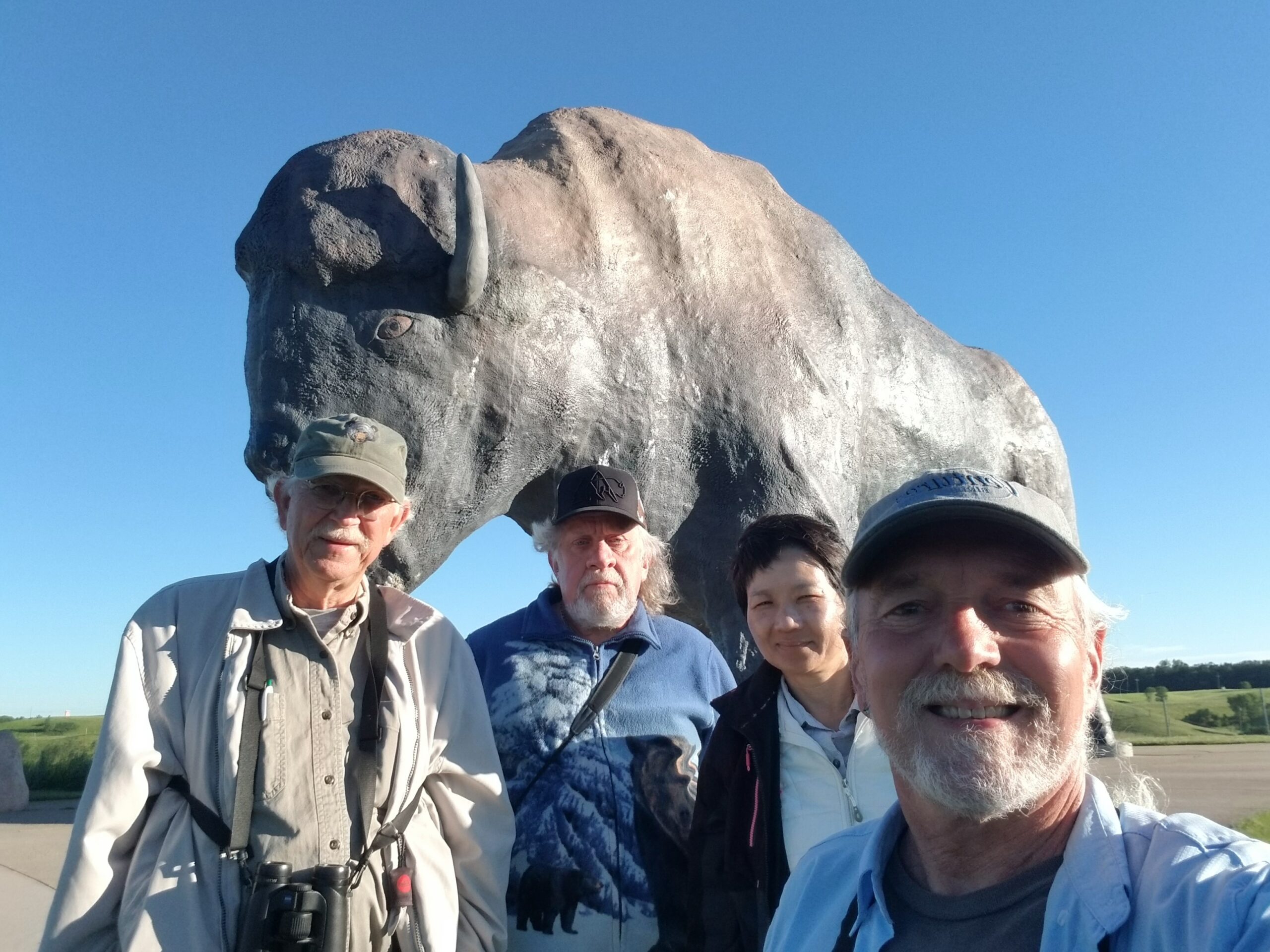
We birded around this site where we picked up more Clay-colored Sparrows and one Red-breasted Nuthatch and Black-capped Chickadee.

Traveling to Arrowwood National Wildlife Refuge (ANWR), we explored the visitor center area, the lakes and the Warbler Trail. The wind so strong here, there were whitecaps on the lake, it was tough but fun birding. Here we picked up Snow Goose, our first Western Grebes, Eastern Wood-Pewee, Ring-billed Gulls, and our trips only Ferruginous Hawk.
We saw or heard about 50 species at this location, while our hats were being blown off our heads! What an adventure!
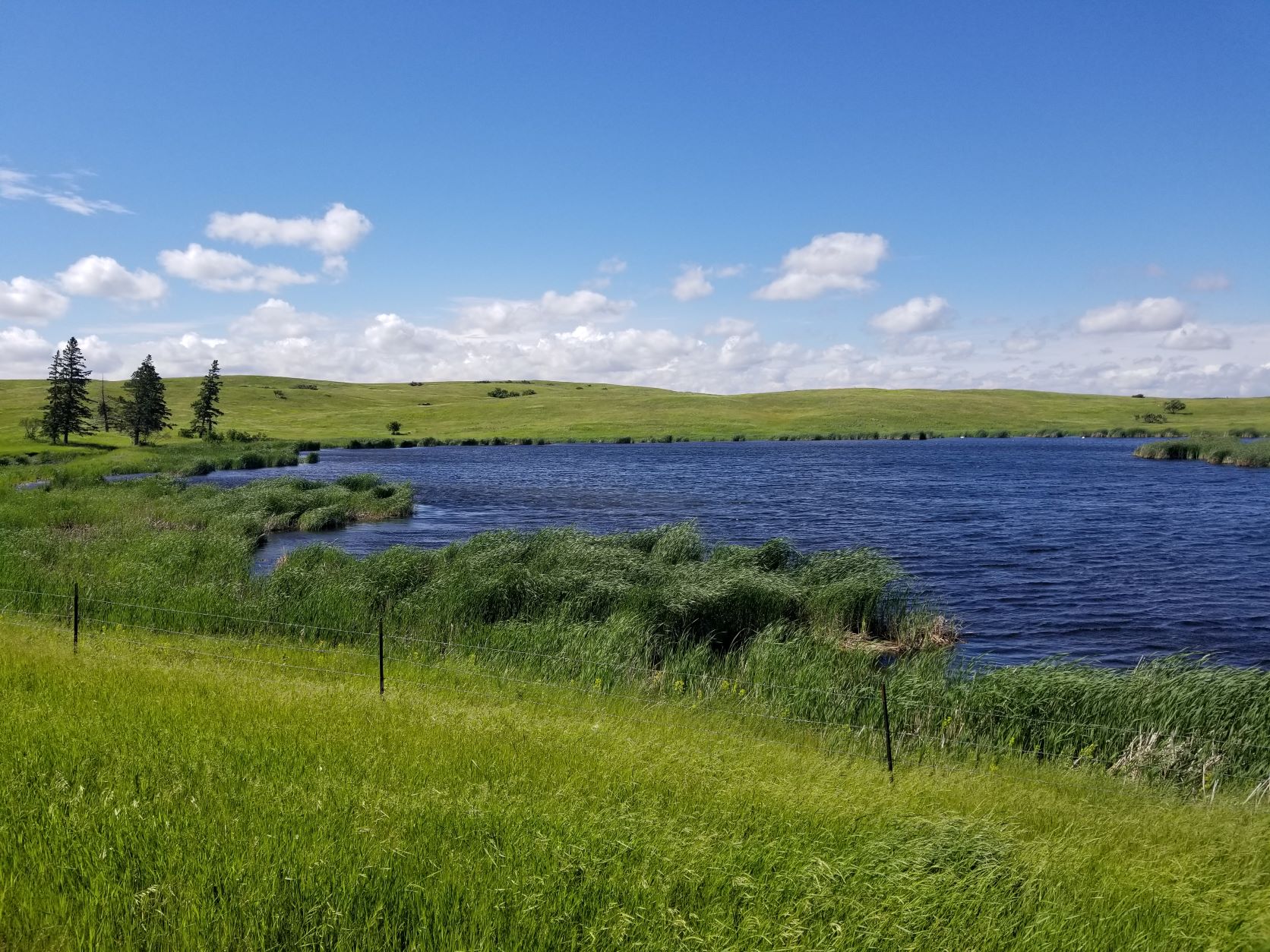
From here we drove the back roads through prairie pothole region toward Chicago Lake and Chase Lake National Wildlife Refuge. It was very tempting to stop at every pothole and take a look!
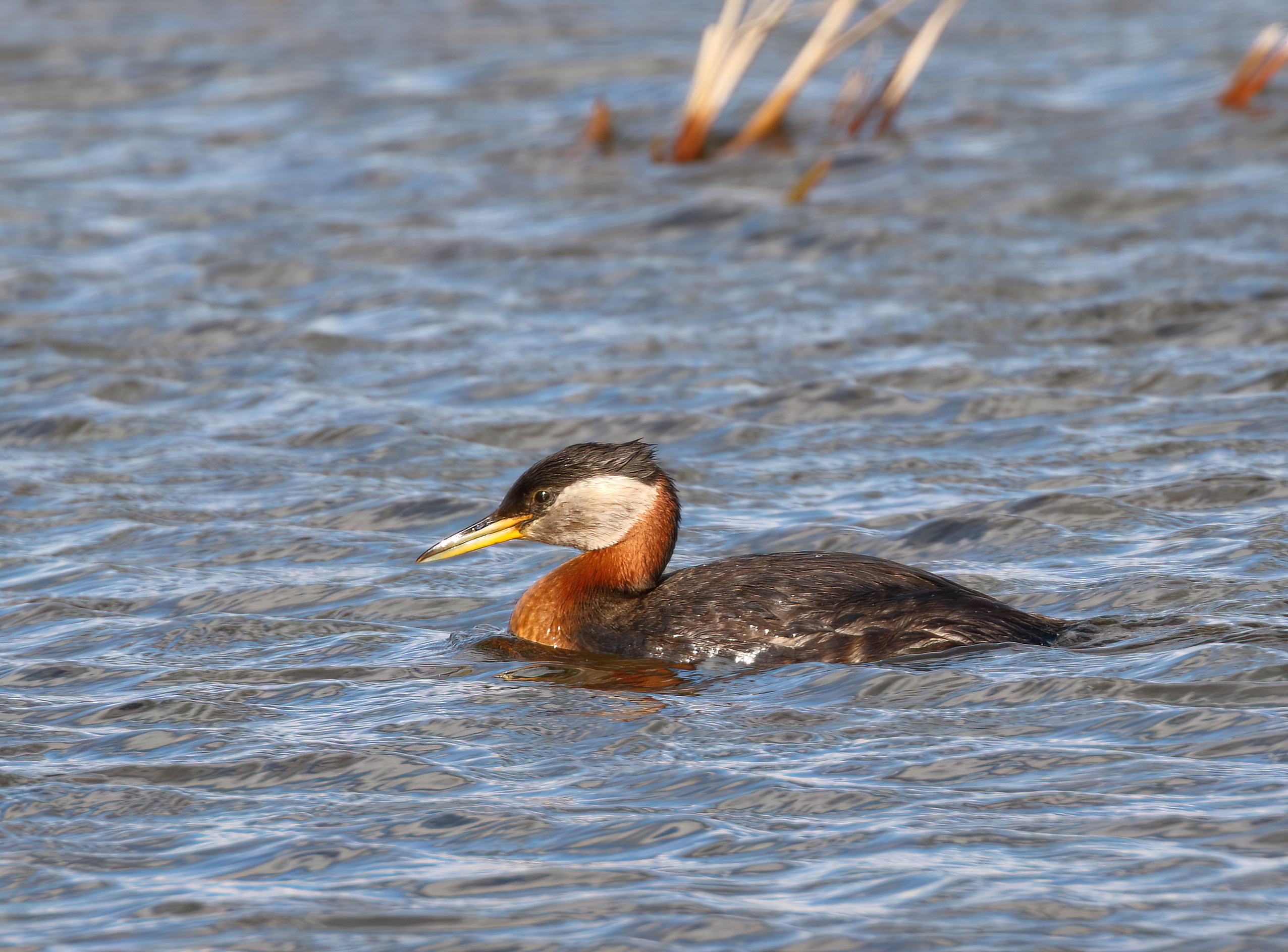
But we pushed on and at these two lakes we added several trip species including Great Egret, Snowy Egret, Red-necked Grebe, Ring-necked Duck, Bufflehead, and Black-crowned Night-Heron. We observed 83 species (6 checklists) on this very long and windy day, but it was fun and everyone was still in great spirits. (https://ebird.org/tripreport/68963). Definitely more time could be spent at Chase Lake!
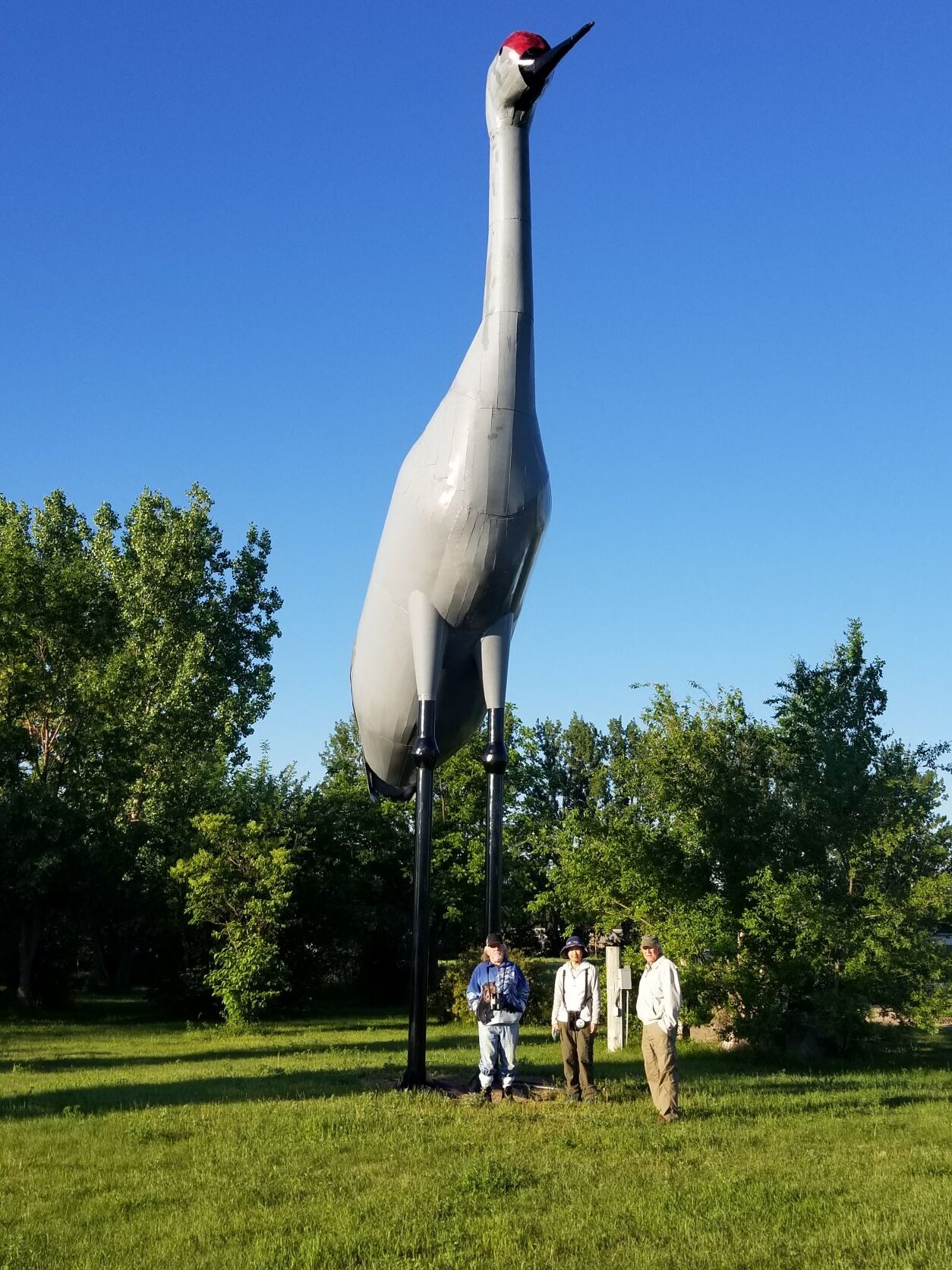
June 22, 2022: We spent the night in Steele, home of the world’s largest Sandhill Crane named “Sandy”, standing 40 feet high! We headed north into the prairie pothole region to Horsehead Lake Wildlife Management Area and to search for Le Conte’s Sparrow, Nelson’s Sparrow, and Sedge Wren. While we did find the Sedge Wrens, the sparrows eluded us but we still managed to see over 40 species of birds in three spots including nesting Western and Clark’s Grebes, our first Bald Eagle and the usual rich bird fauna associated with North Dakota wetlands and prairies. In the late afternoon we headed south of I-94 to check on reports on Le Conte’s and Nelson’s Sparrows. Once again, we did not find these sparrows but also once again, it was super windy and we were having a time keeping our hats on! We did find more White-faced Ibis, hordes of Double-crested Cormorants, and good numbers of both Franklin’s Gull and our first Caspian Terns, and the Marsh Wrens were the most vocal species in late afternoon.

We decided we would try this locality early the next morning for the sparrows while on our way back to Bismarck. We saw or heard 71 species (6 checklists) on this day, a wonderful and windy day! (https://ebird.org/tripreport/69021).
June 23, 2022: Today we headed back to try and find the reported Le Conte’s and Nelson’s Sparrow at 31st Avenue. We searched and searched, called and “pished” and we finally heard one Le Conte’s and got good looks at a Nelson’s Sparrow and our first and only California Gull!
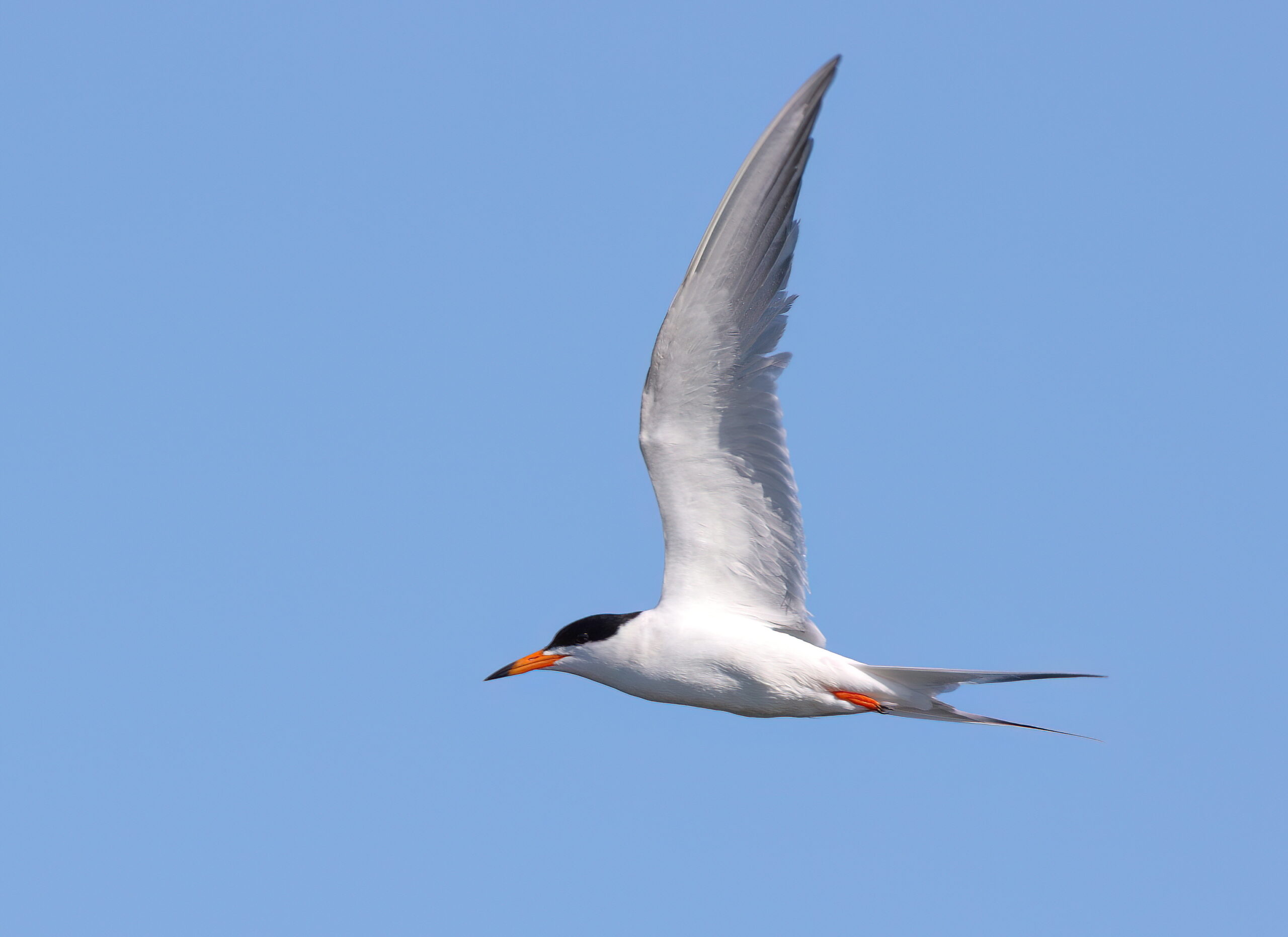
This was a real sweet birding spot early in the morning and we saw 52 species here! We then drove to Moffit Butte of Long Lake National Wildlife Refuge lunch where we had a picnic lunch and counted 41 species including our first Cooper’s Hawk. From here we drove to McKenzie Slough for some afternoon birding and found our first and only Common Tern amongst Forster’s and Black Terns, a real cool spot, but hot! On this day, we counted 64 species (3 checklists) (https://ebird.org/tripreport/69028). We then headed back to Bismarck for flights out the next day.
This tour was an awesome experience for all in the group. Totally, we had approximately 80 life birds between us, everyone getting at least one life bird. The wind kept us from seeing or hearing some of the birds we should have seen, but no one really complained, we were in a spectacular landscape of expansive prairies, lakes, prairie potholes of all sizes, large and small rivers, and the “Badlands” of western North Dakota. Wildlife and especially birds were abundant almost everywhere and someone was always saying “stop!” The experience was truly amazing, and best of all, we all got along and made new friendships and birding partners. On this tour, we saw or heard 142 species (52 checklists) missing many birds that should have been seen, but at least 4 days were incredibly windy. Fortunately, only one small rain shower was experienced the entire tour! Our list included 14 species of waterfowl, 5 grebes, 3 doves and pigeons, 2 rails, 12 shorebirds, 3 gulls, 5 terns, 4 herons and egrets, 11 birds of prey including vultures, 4 woodpeckers, 2 falcons, 6 flycatchers, 2 vireos, 6 swallows, 3 wrens, and 15 sparrows including longspurs and towhees, 9 icterids (blackbird and oriole family), and a sparse 4 warblers (https://ebird.org/tripreport/63731). Although this report lists 144 species, the leader saw two additional species the others in the group did not. The most counted species were Cliff Swallow, Double-crested Cormorant, Red-winged Blackbird, Canada Goose, and Western Grebe in that order.
More Birds…
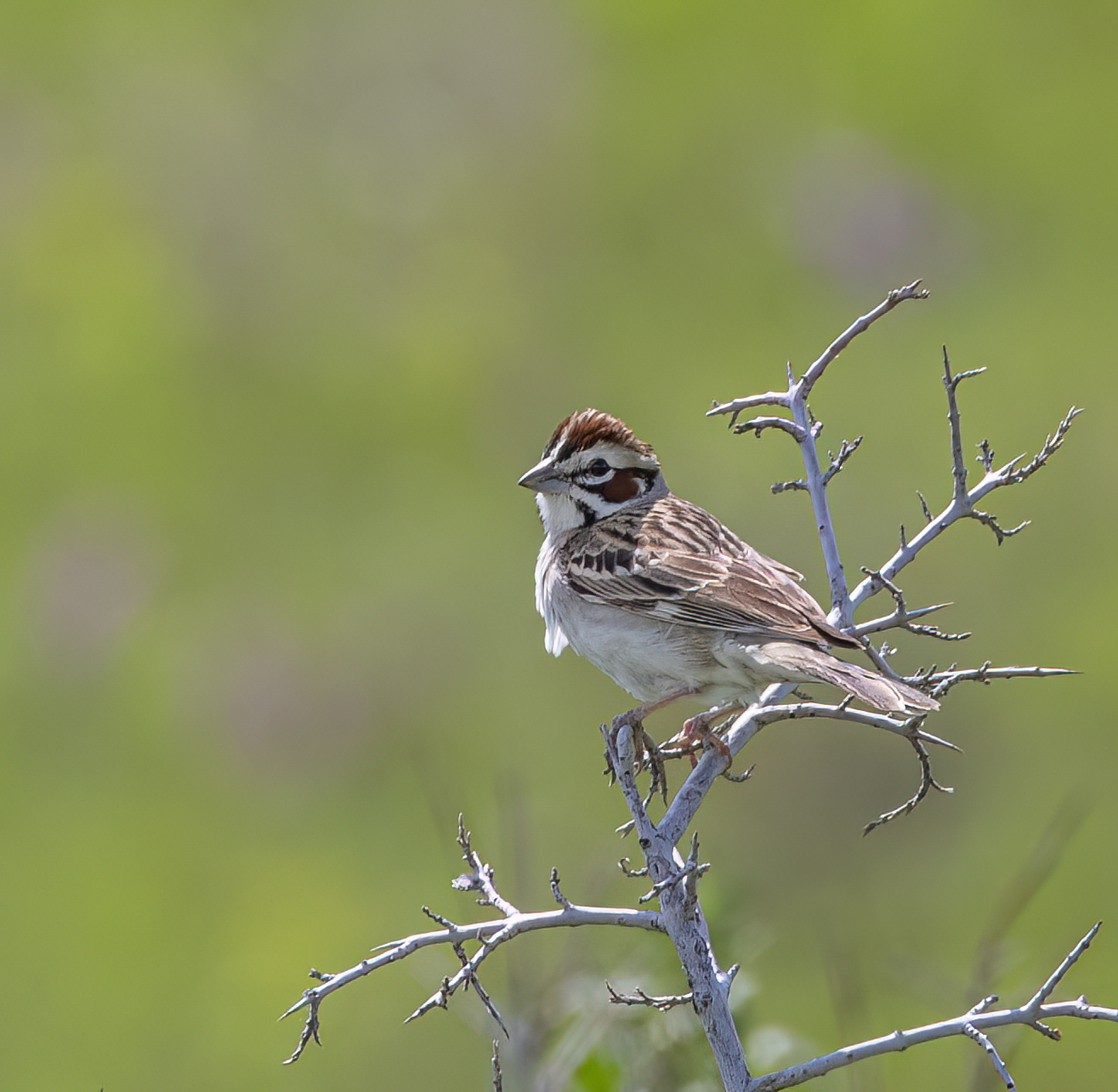
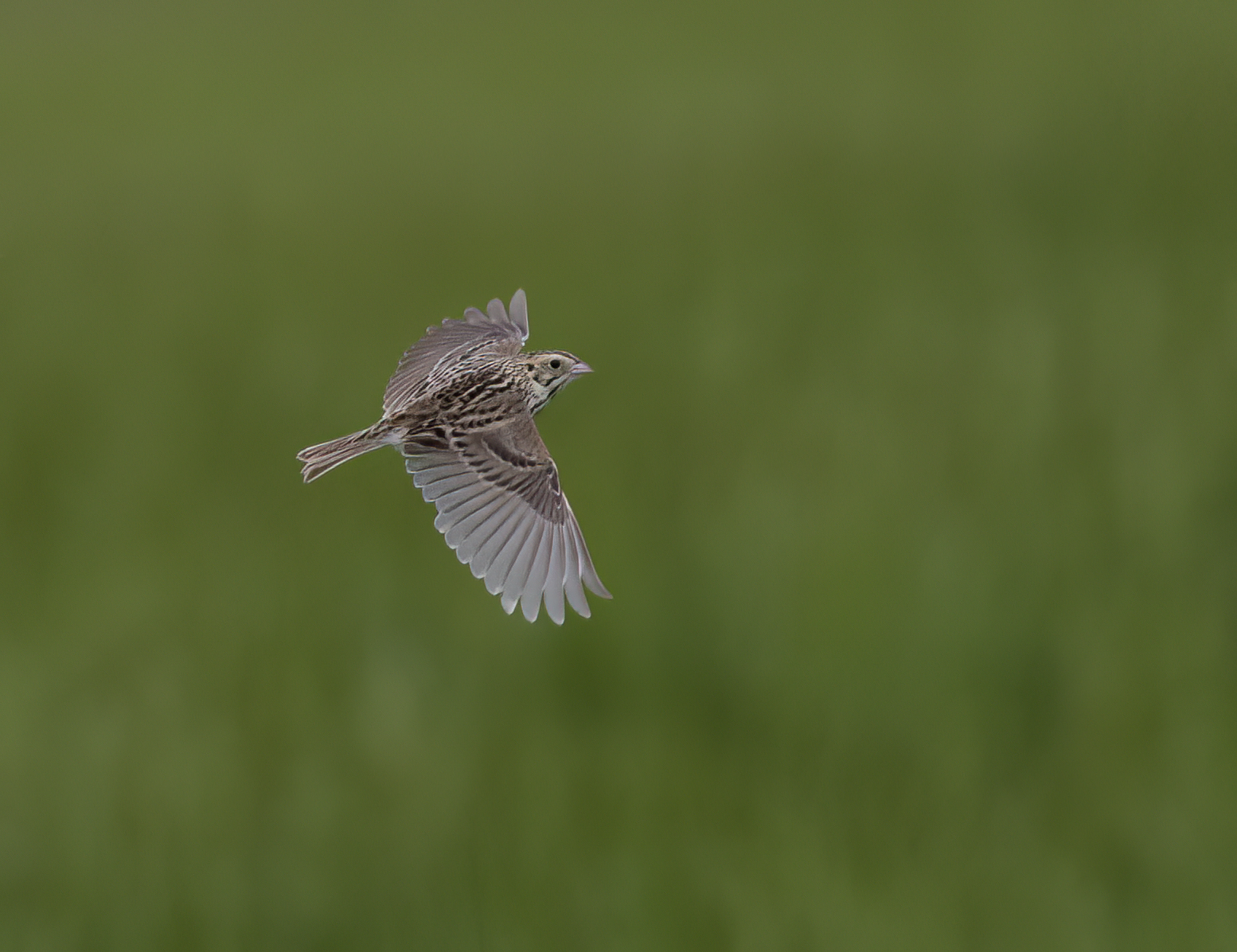
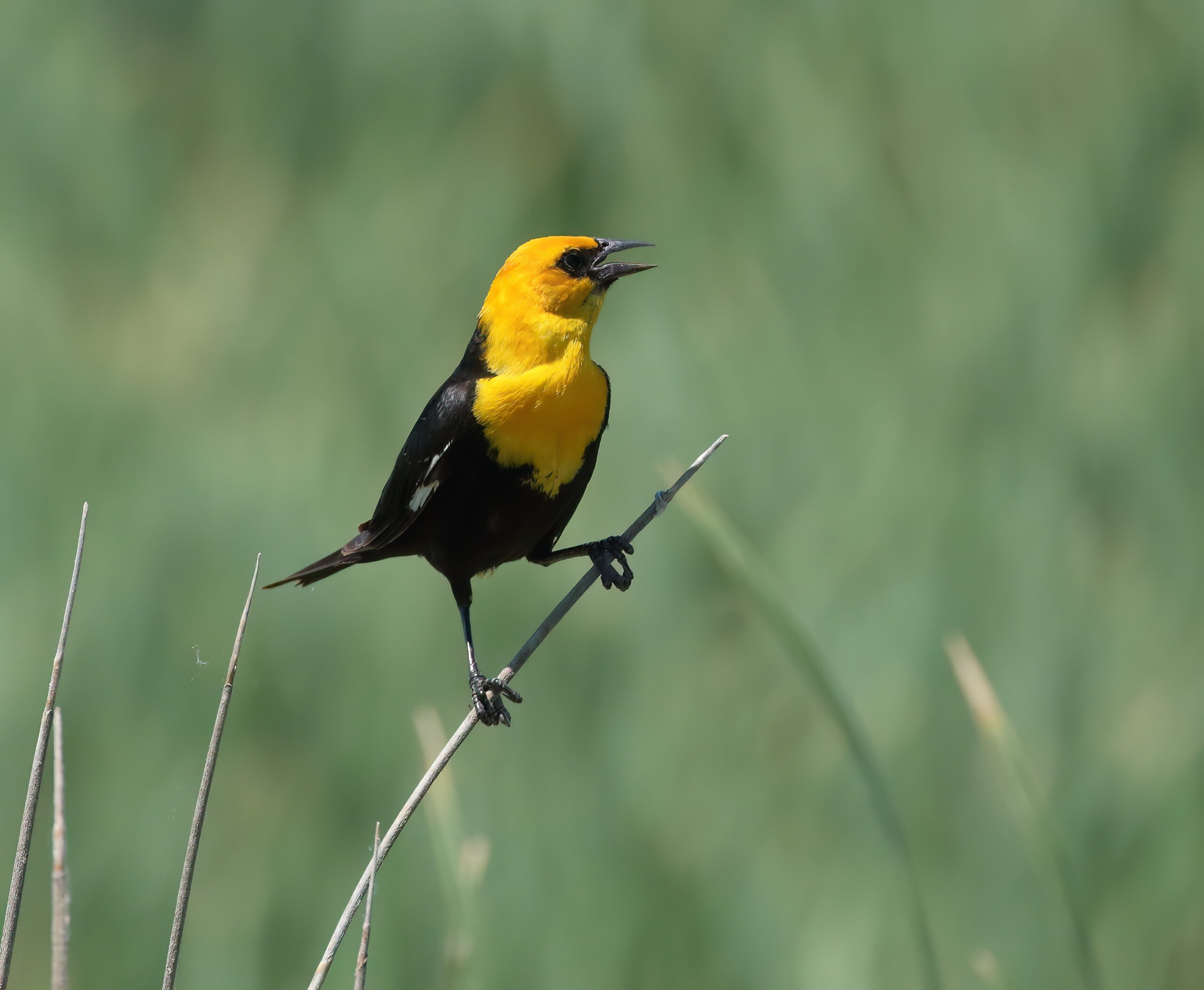
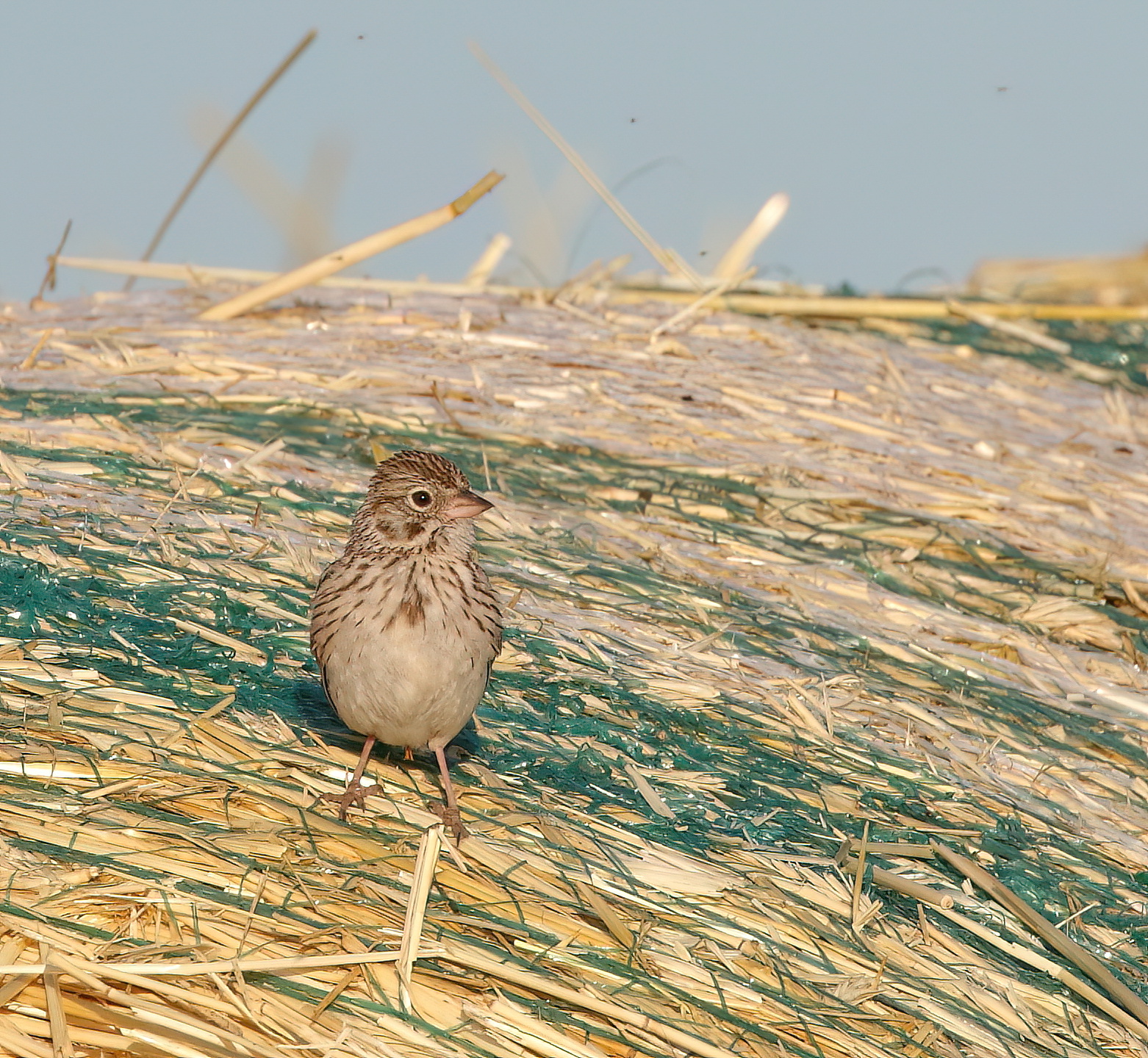

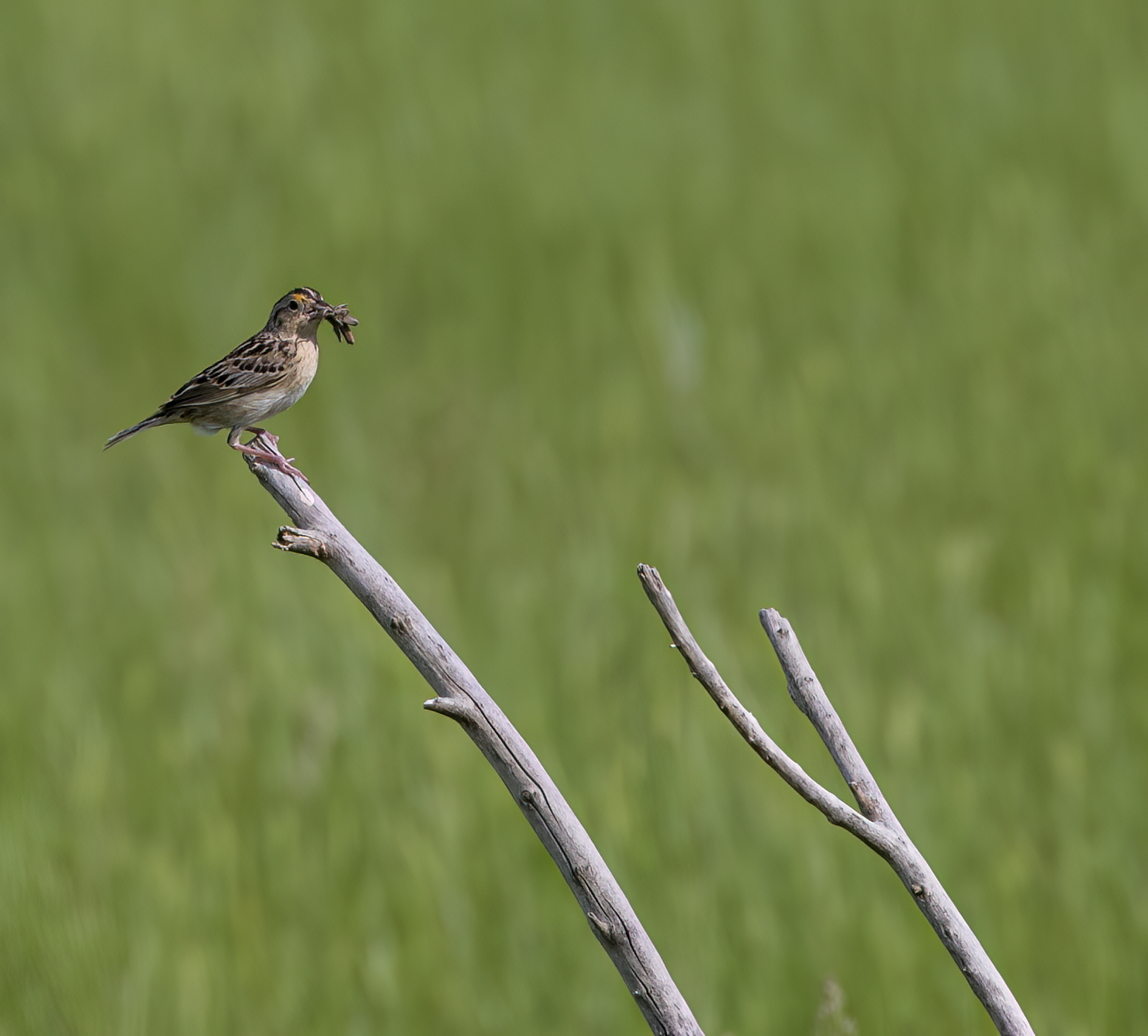
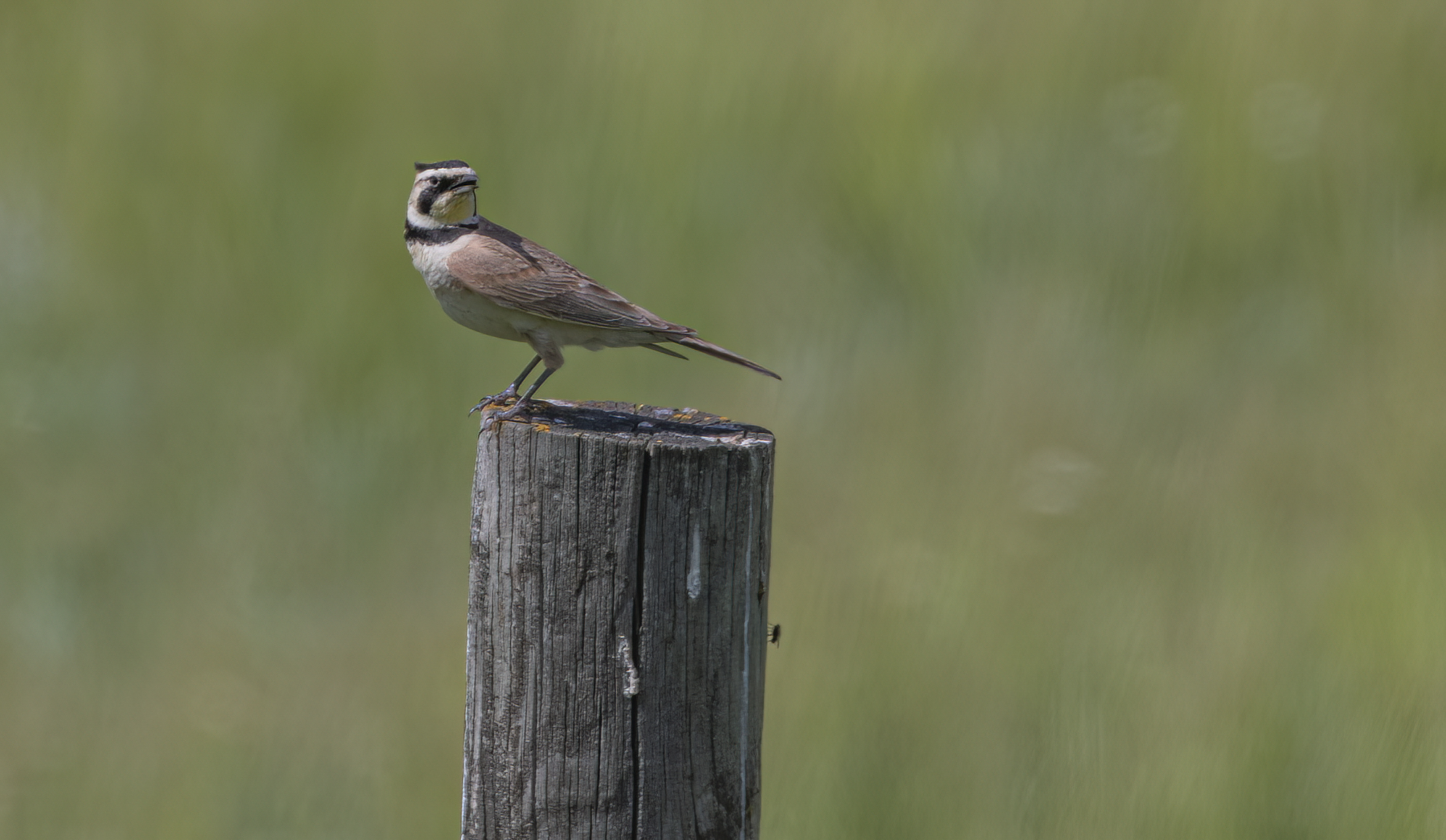


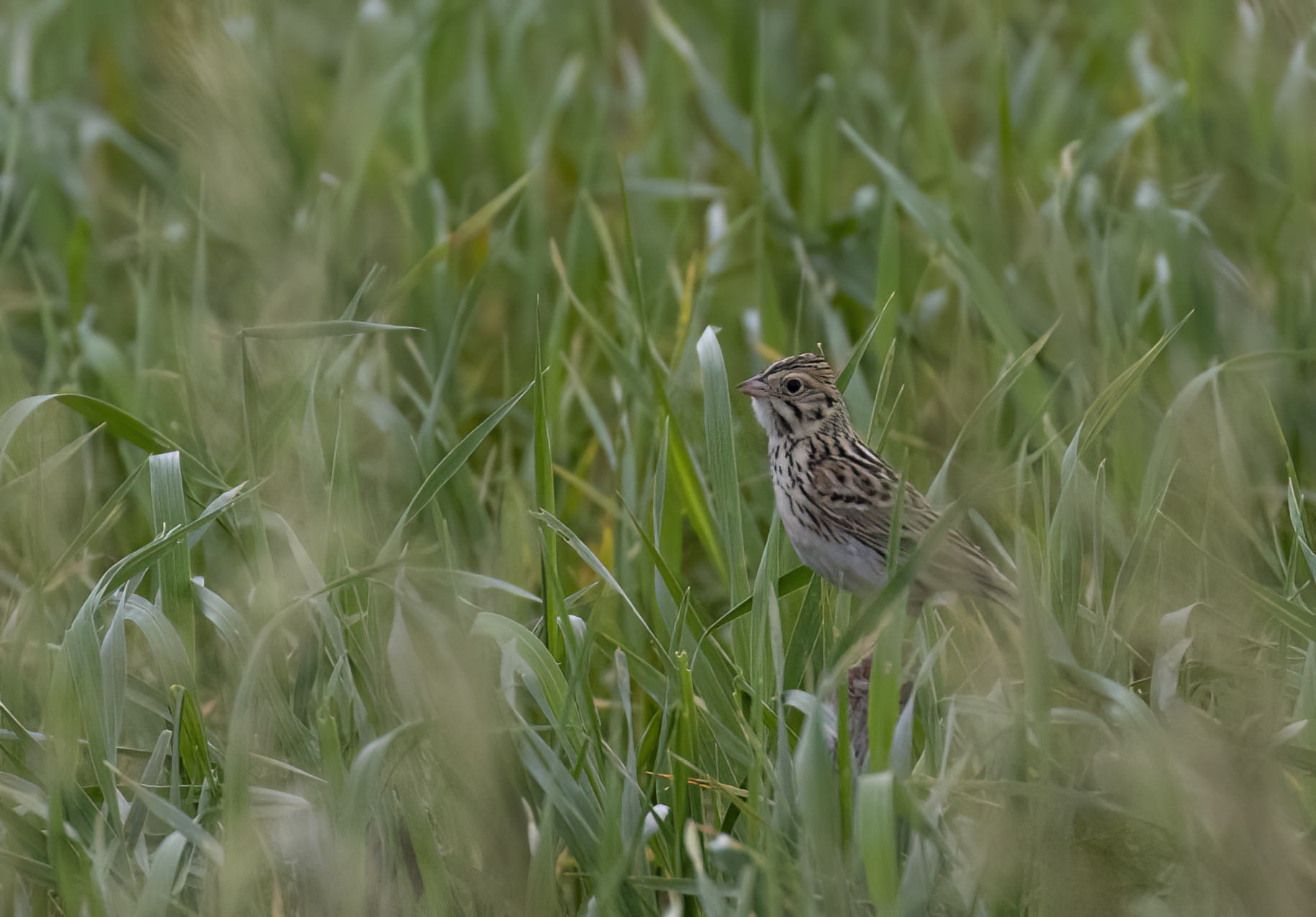

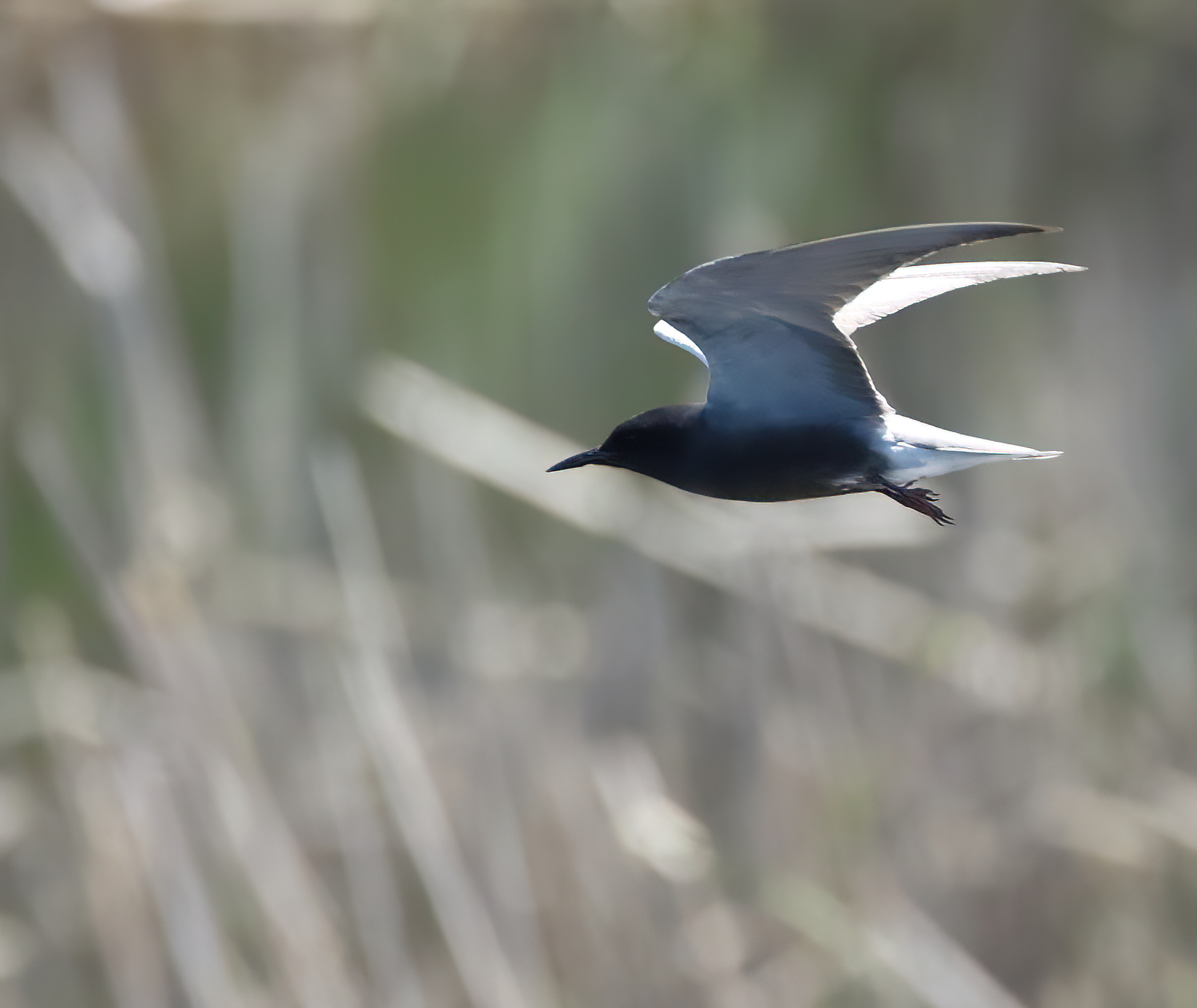
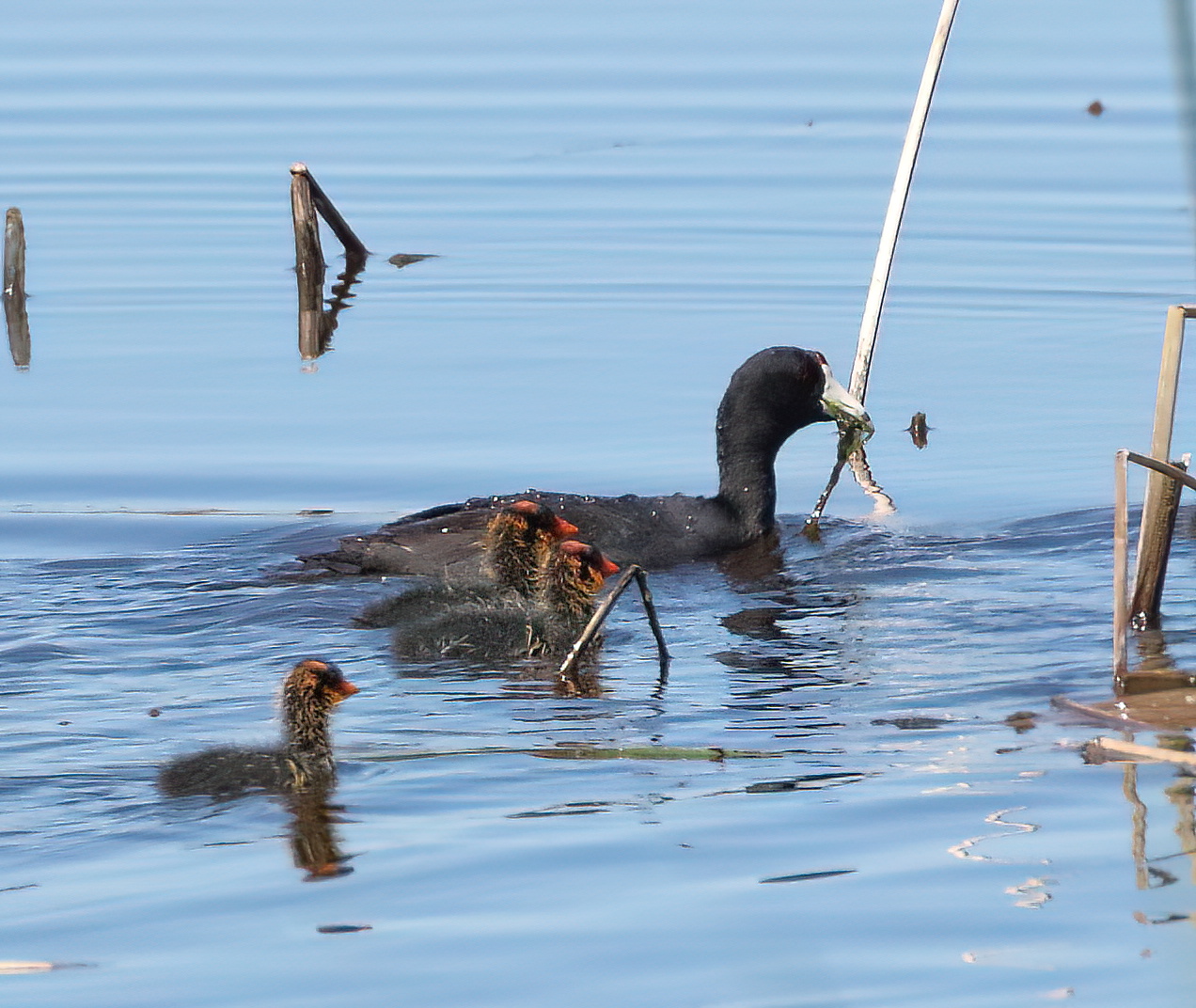
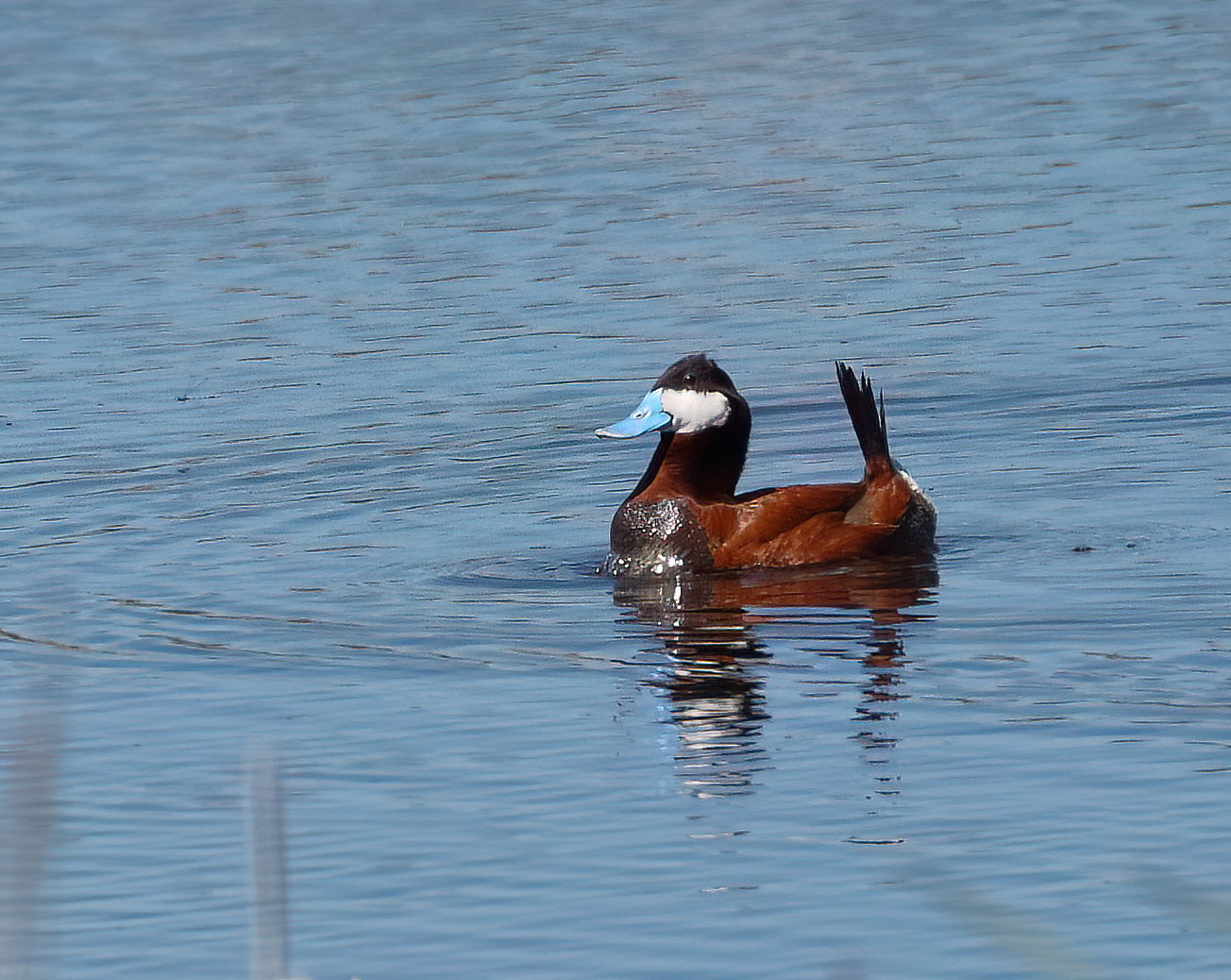


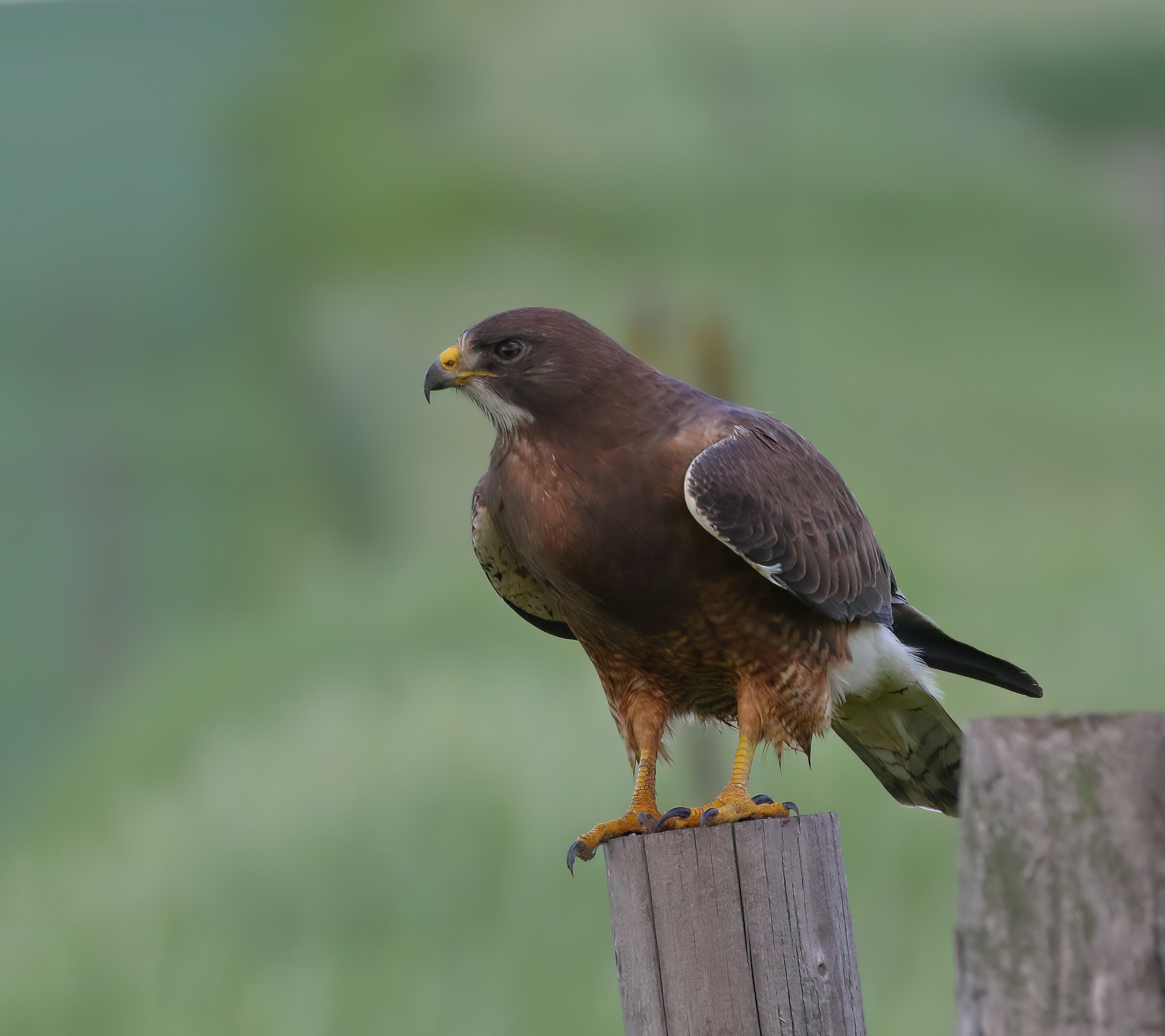
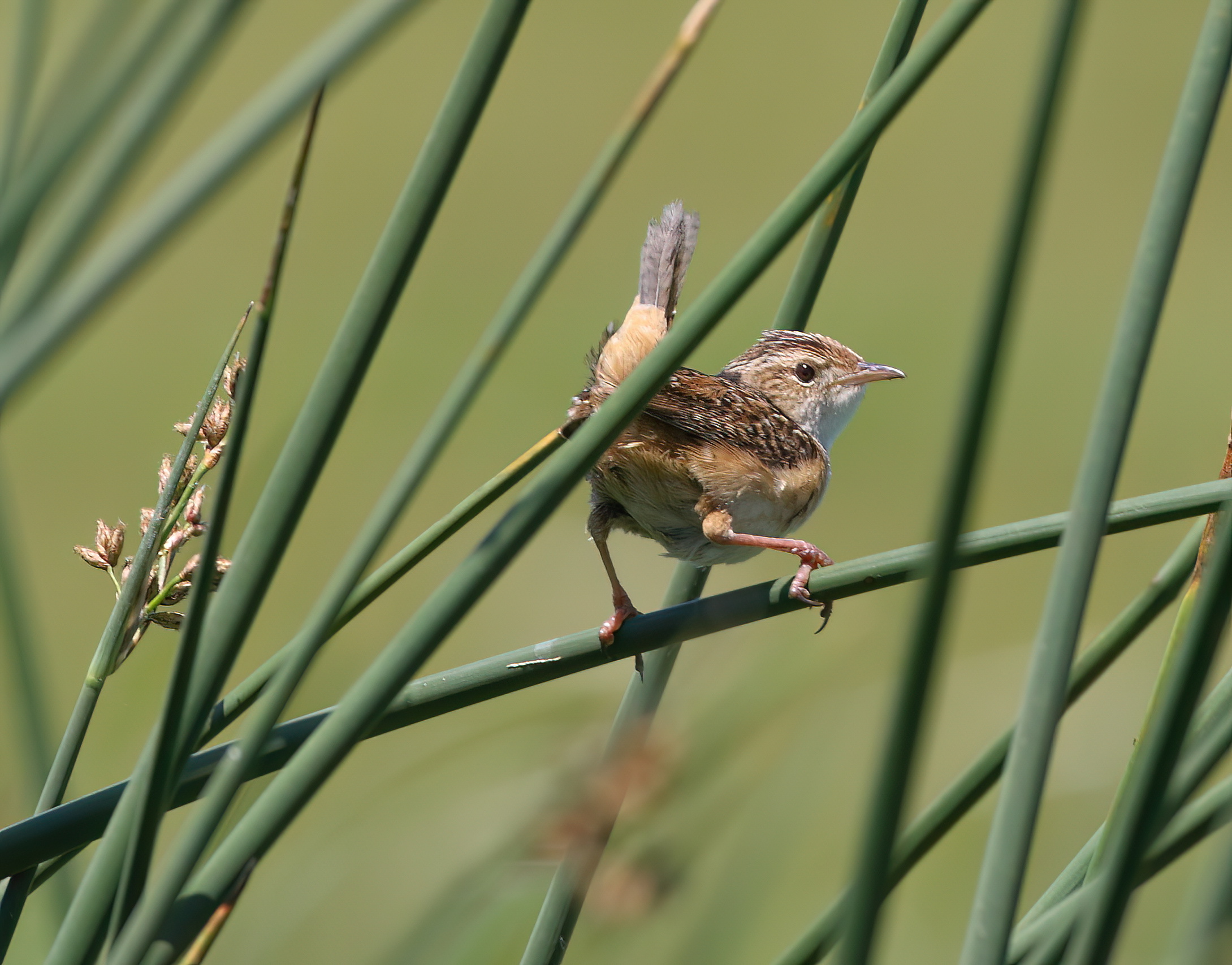


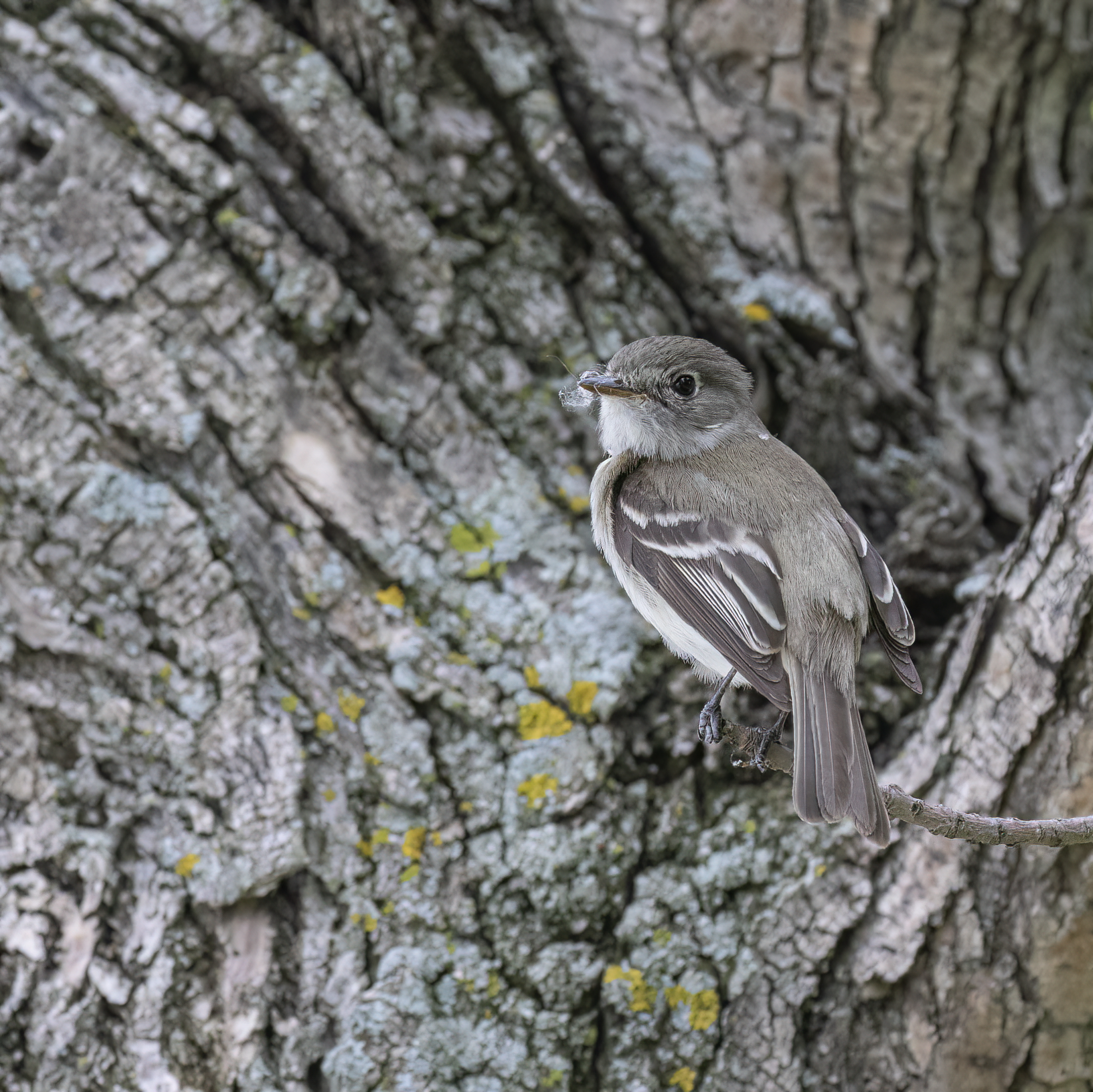



All I can say is WOW! I was exhausted just reading all this!! What an amazing trip…congratulations!
A great trip with seven life birds. Beautiful country side. Bison herds, wild horses, prairie dogs, and pronghorns. The Badlands was indescribable. Thanks everyone.